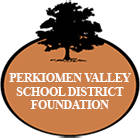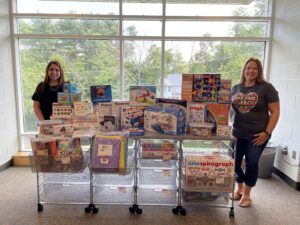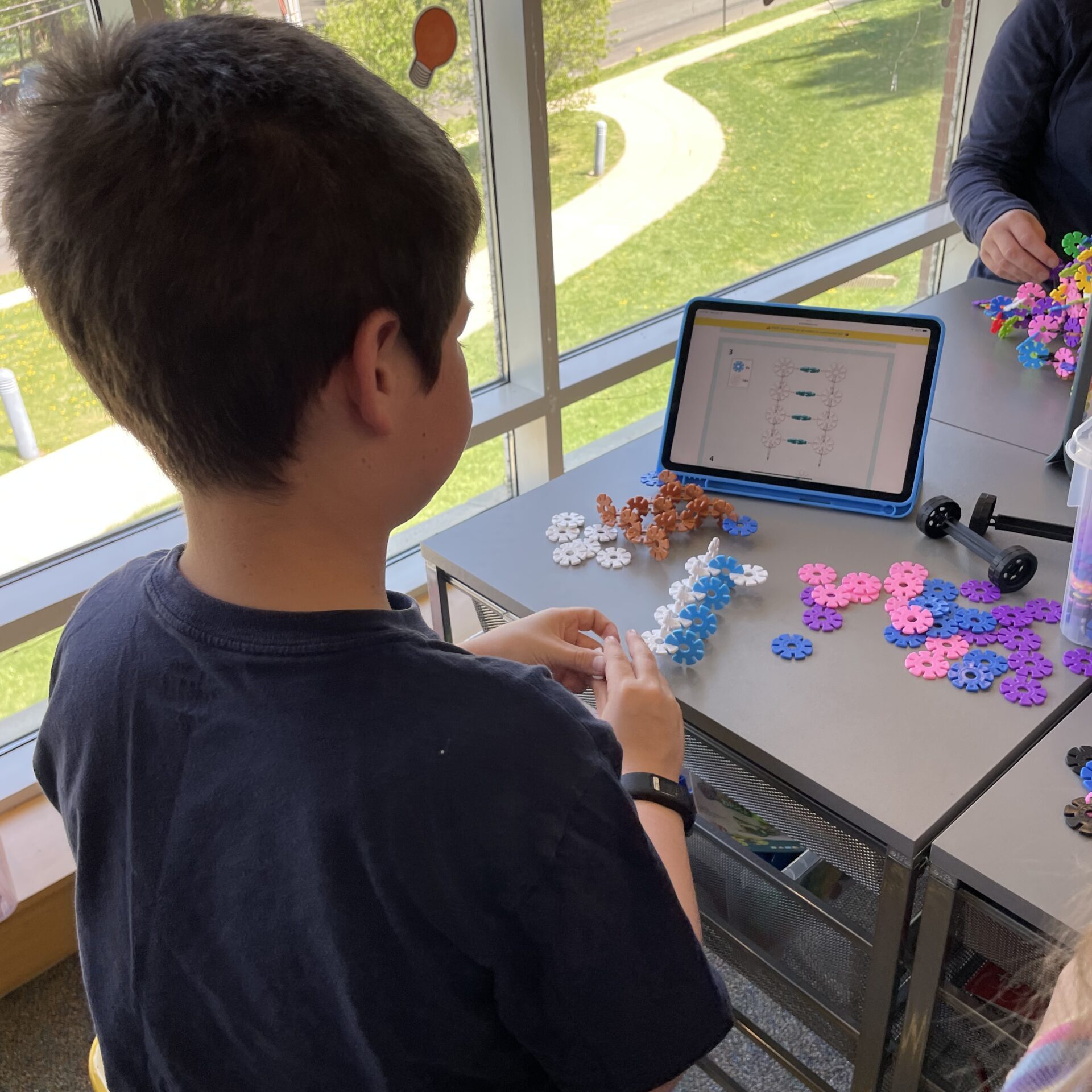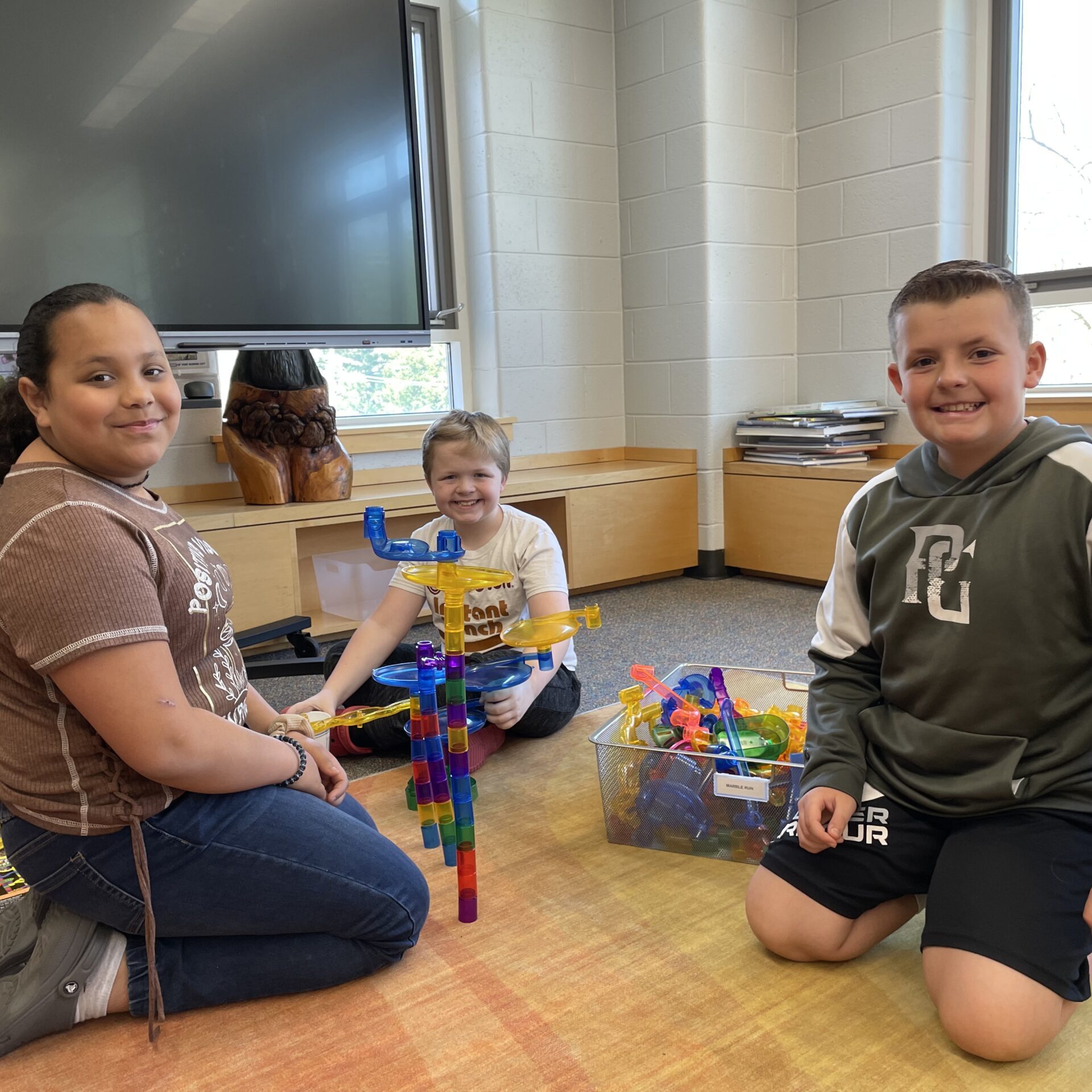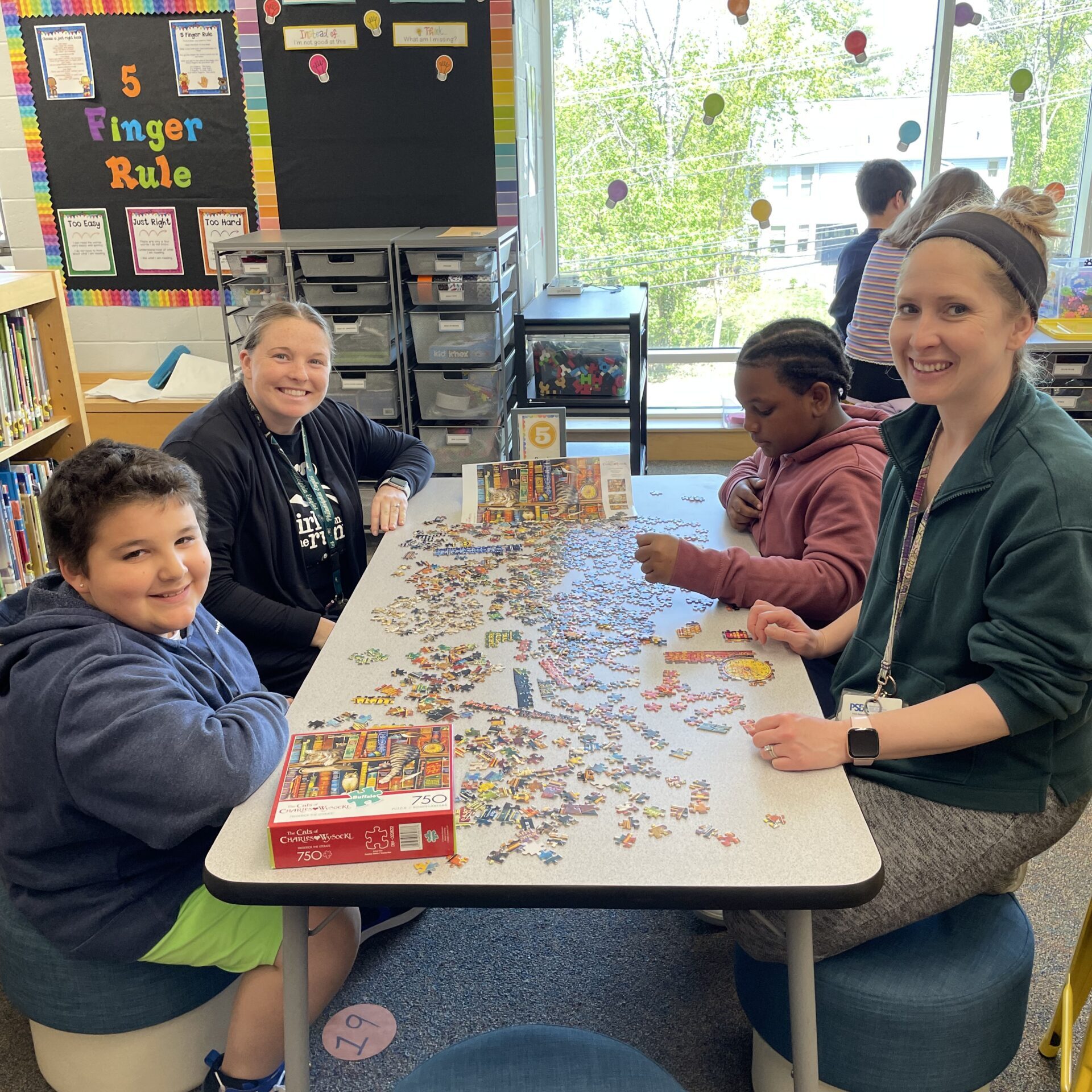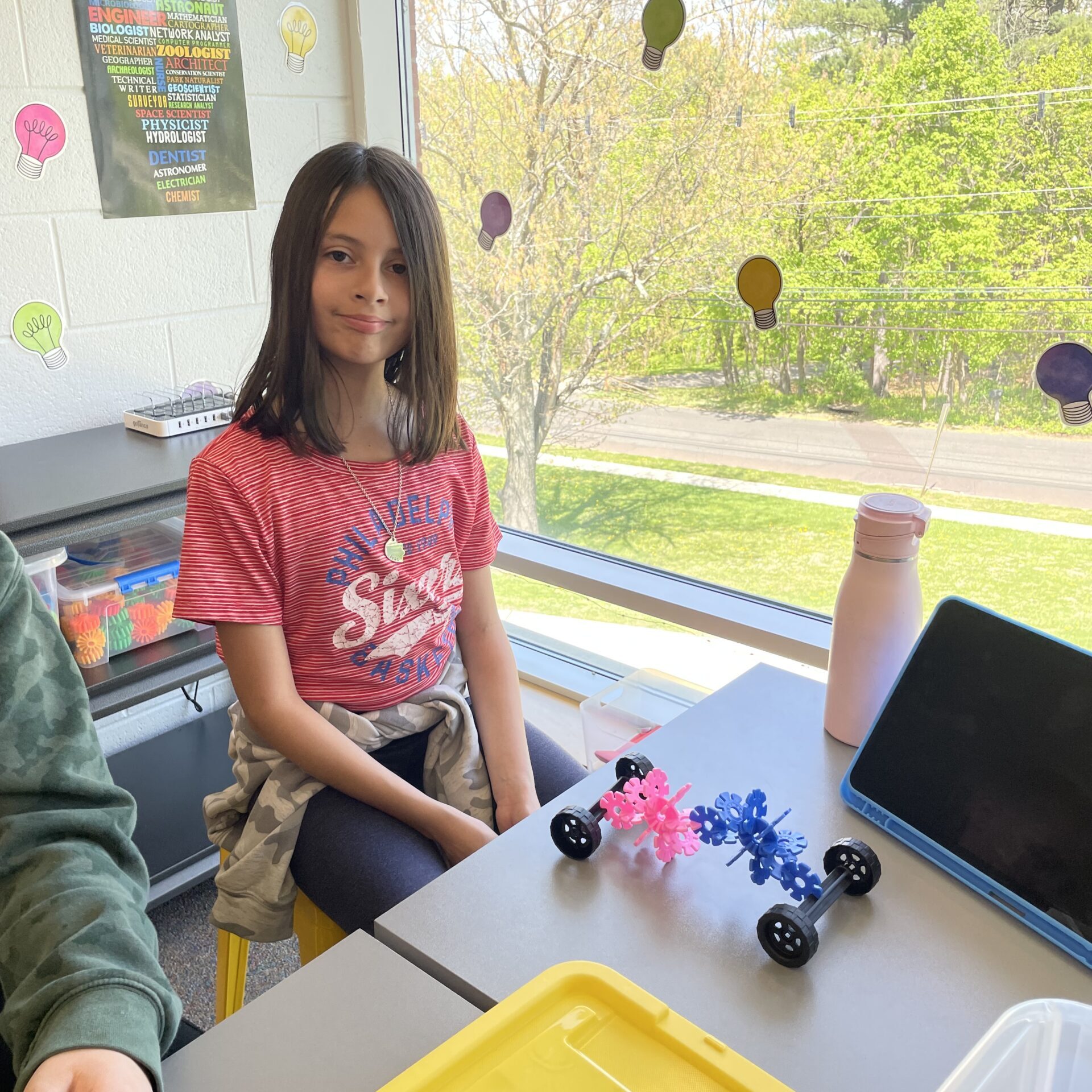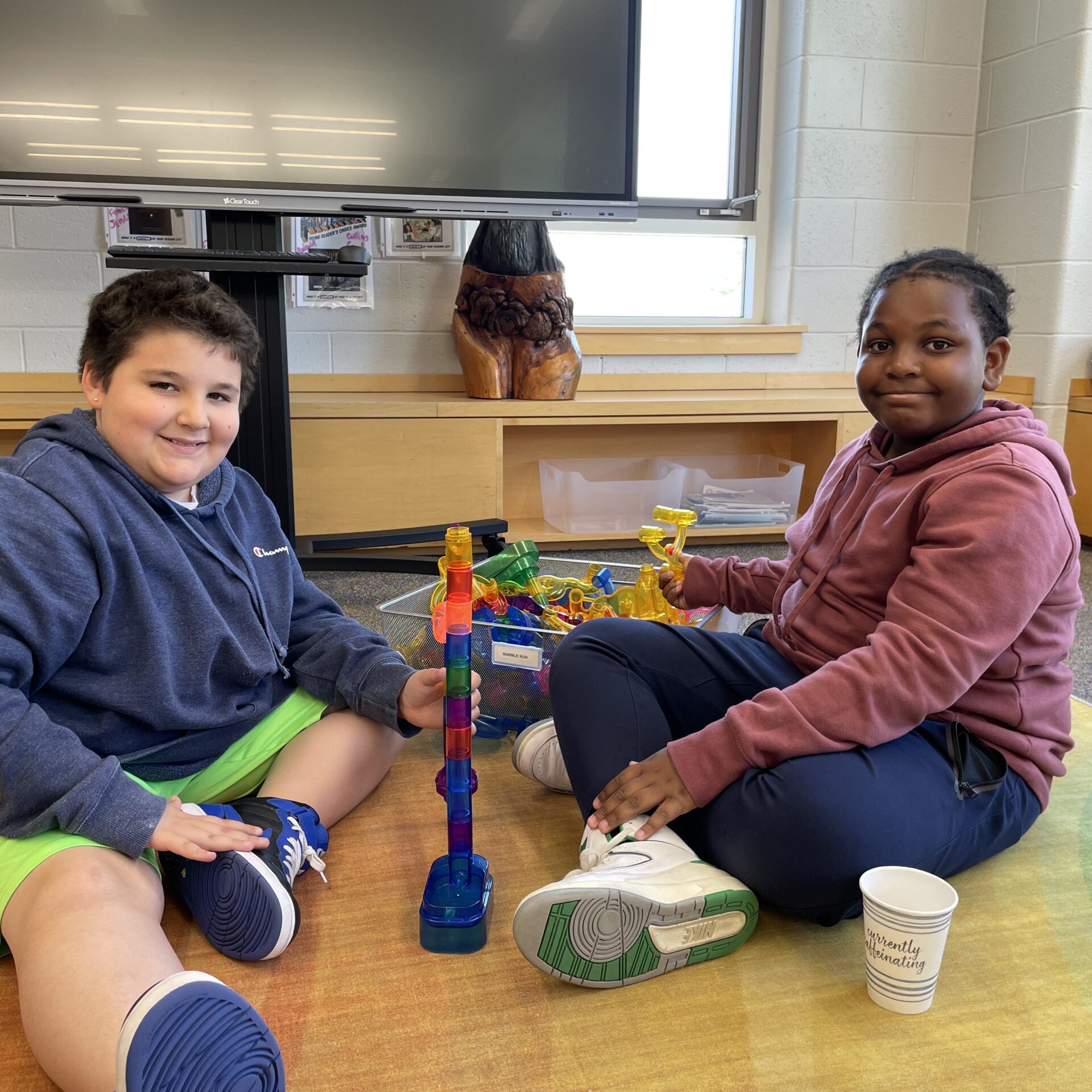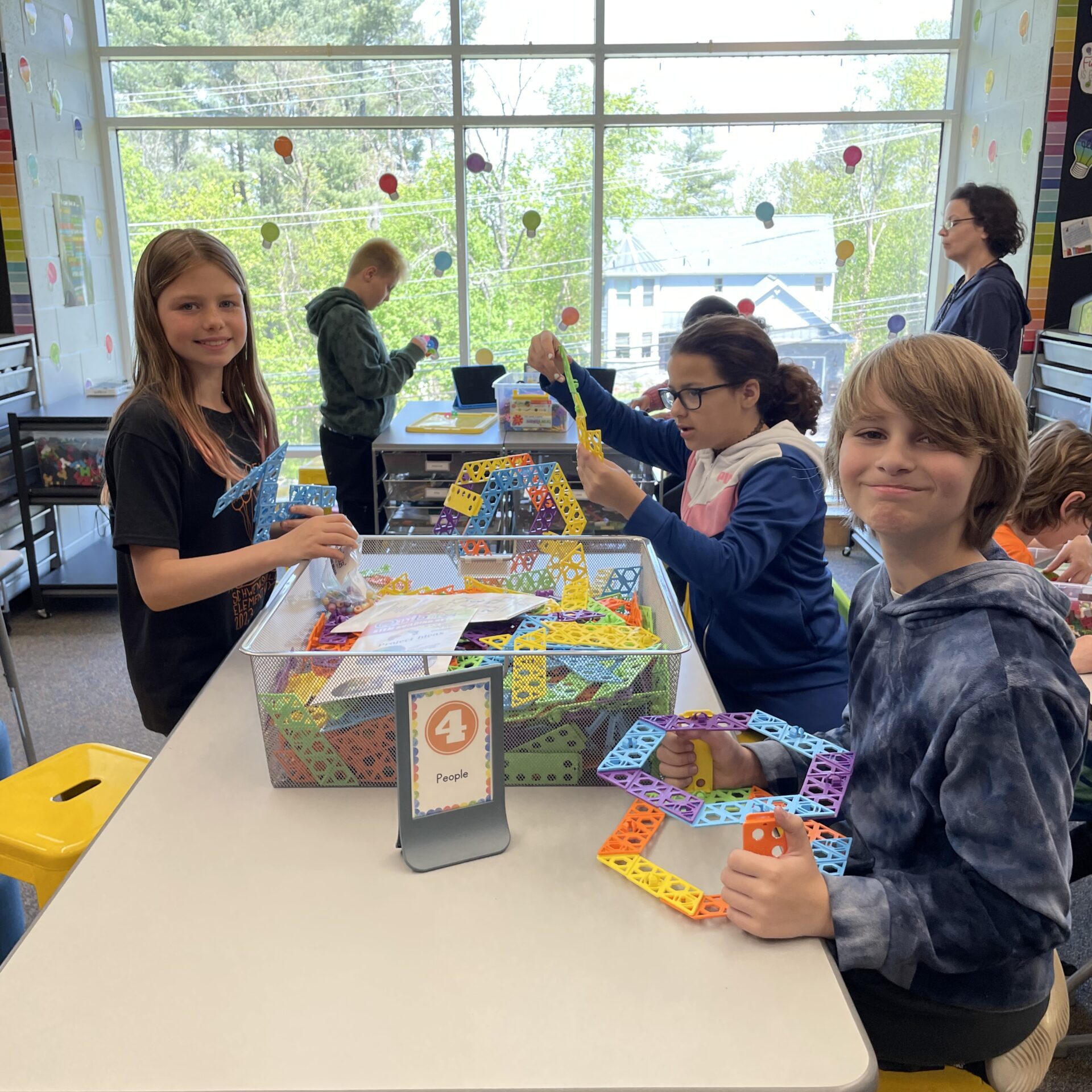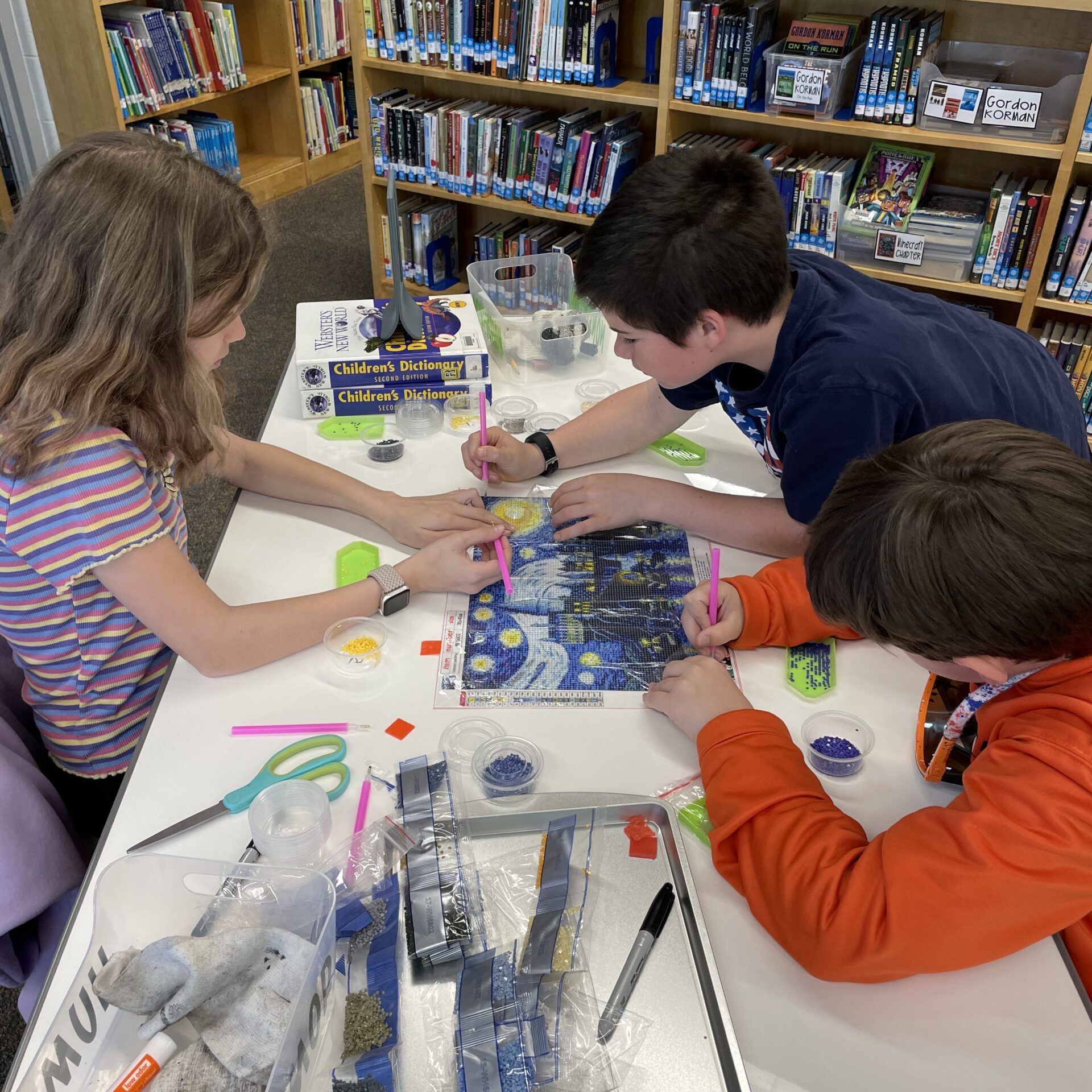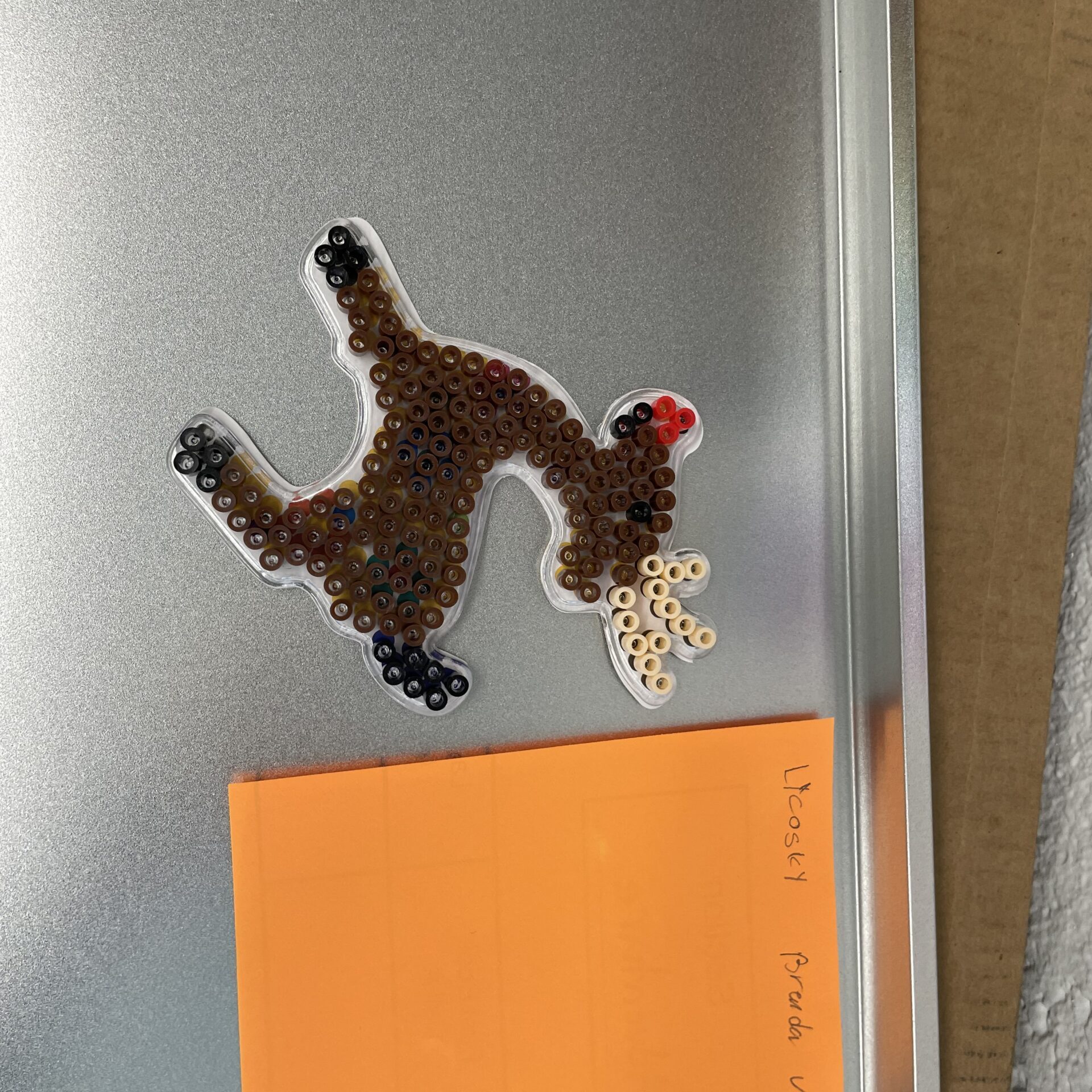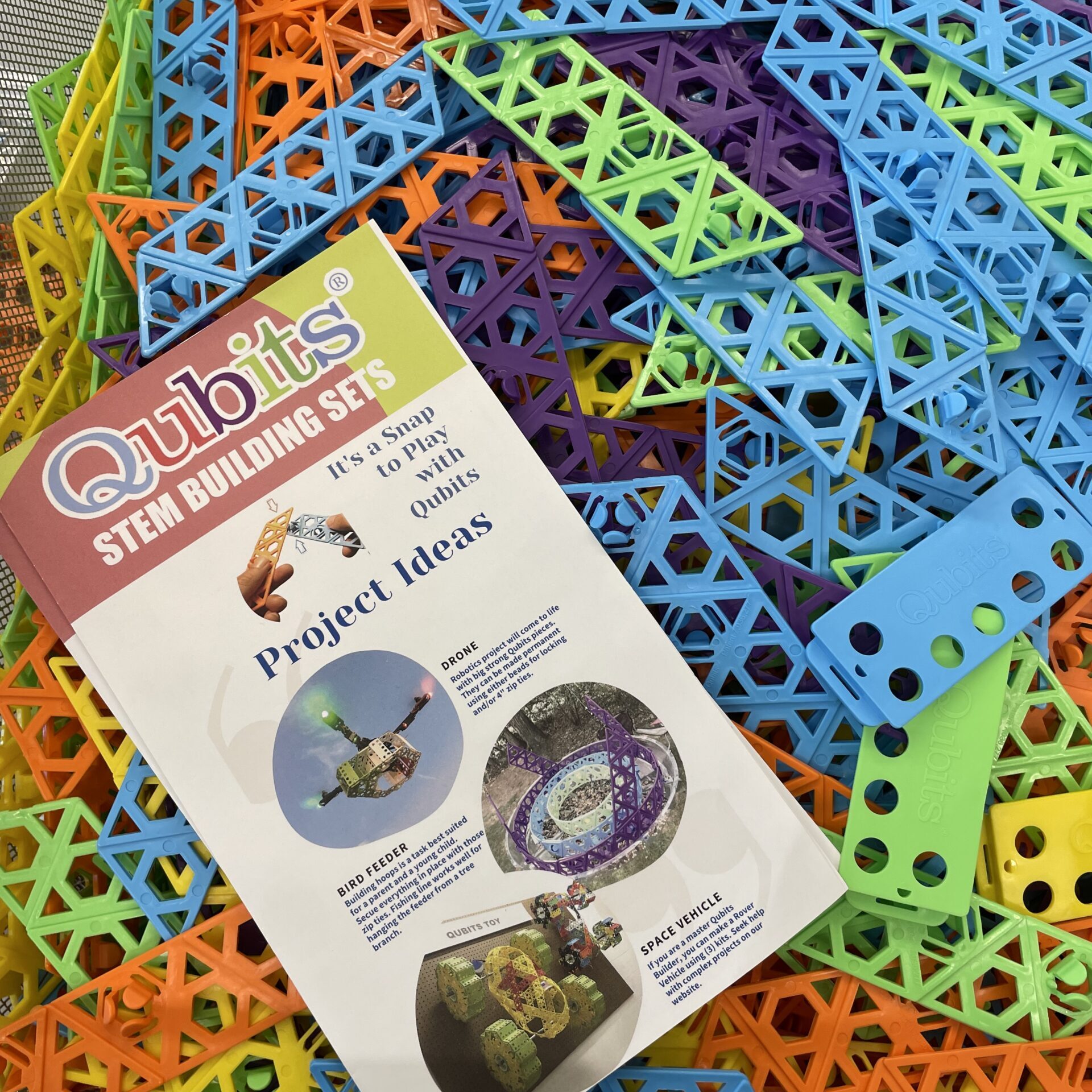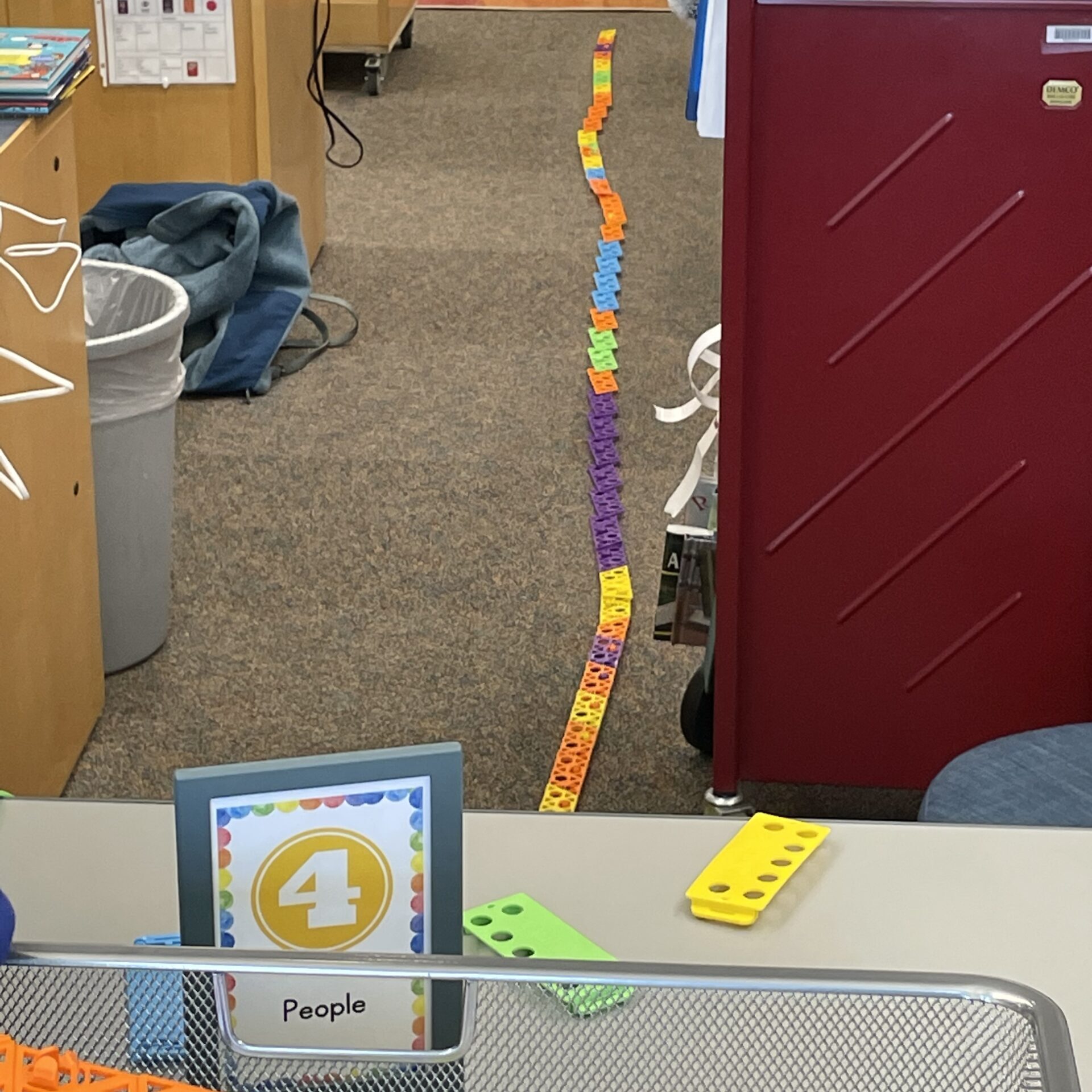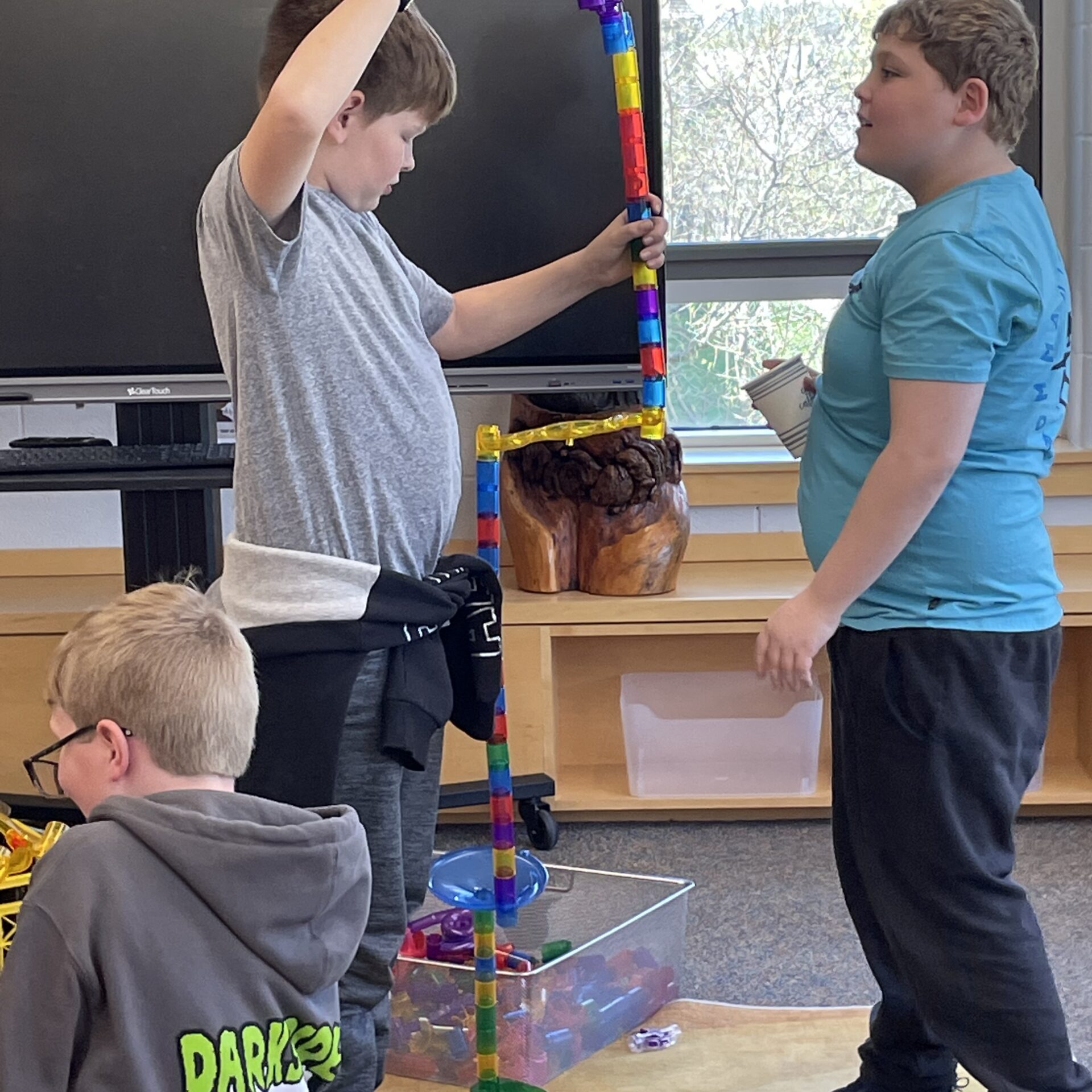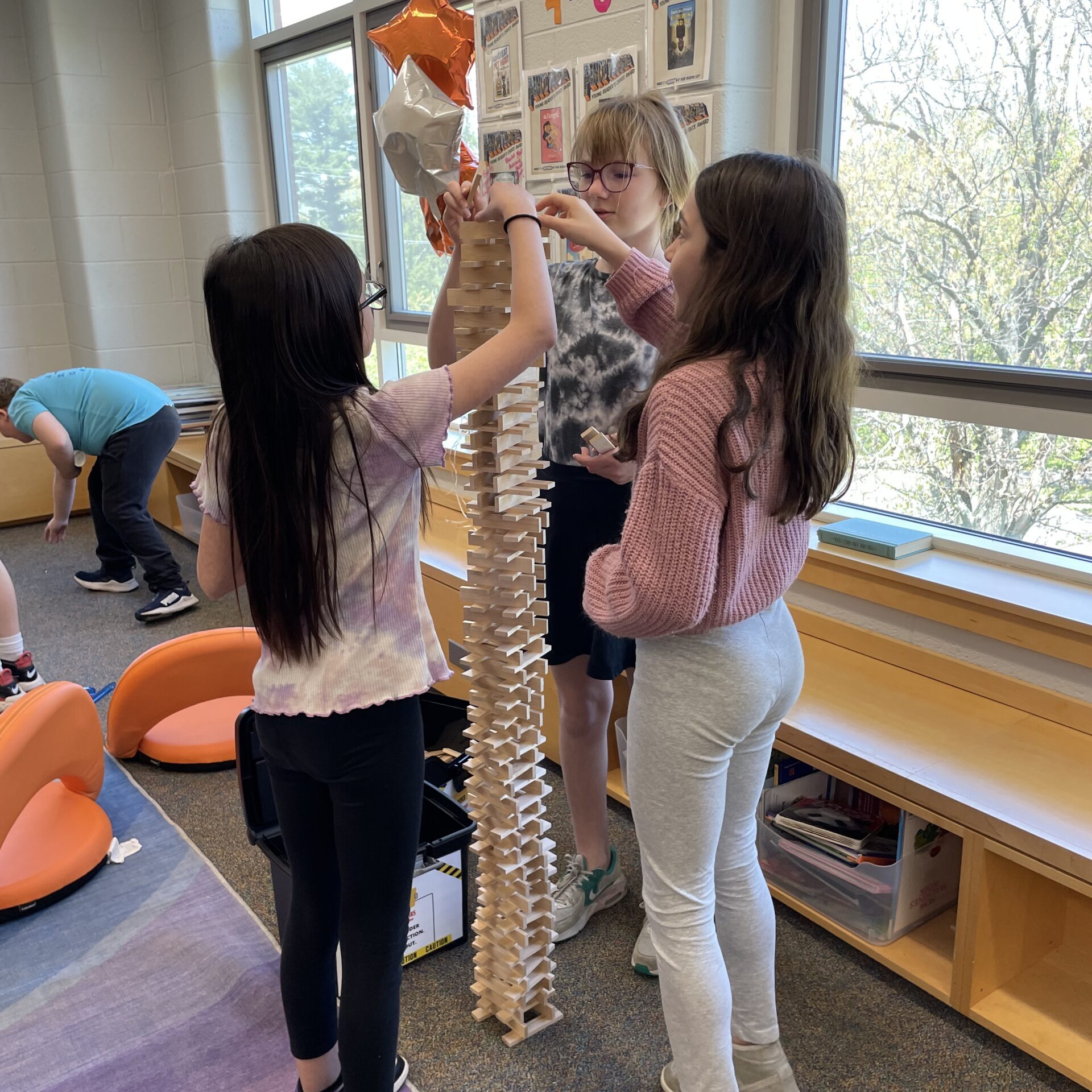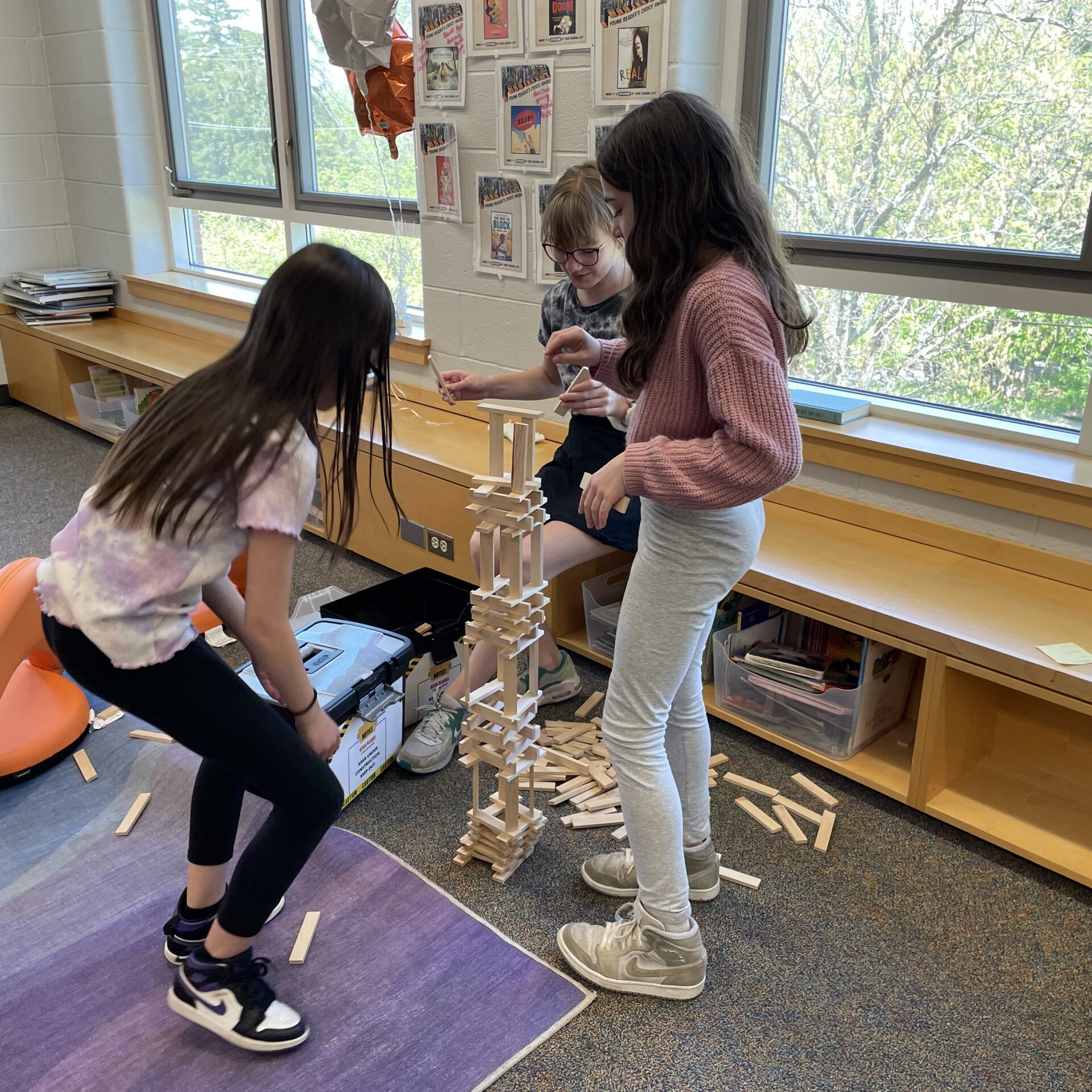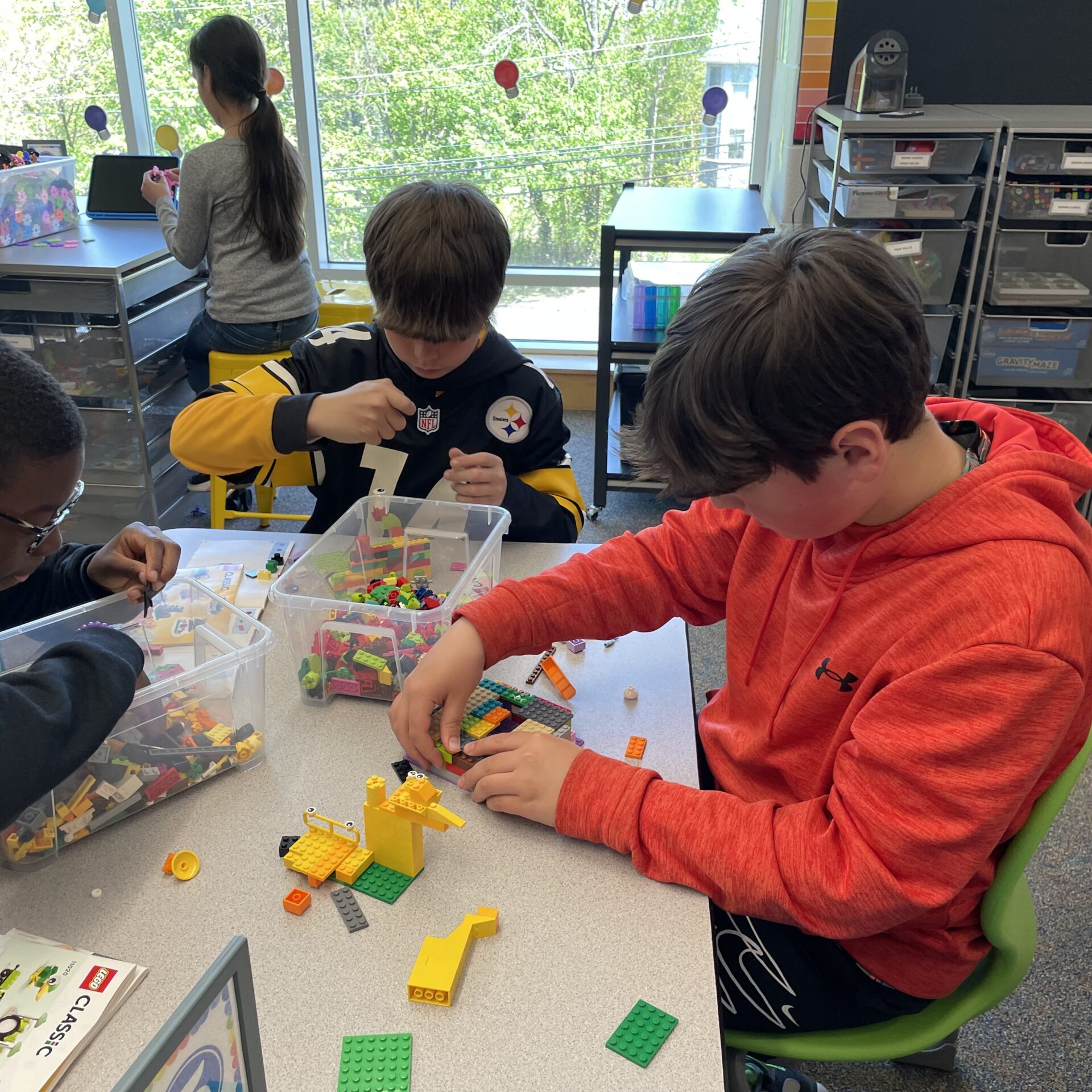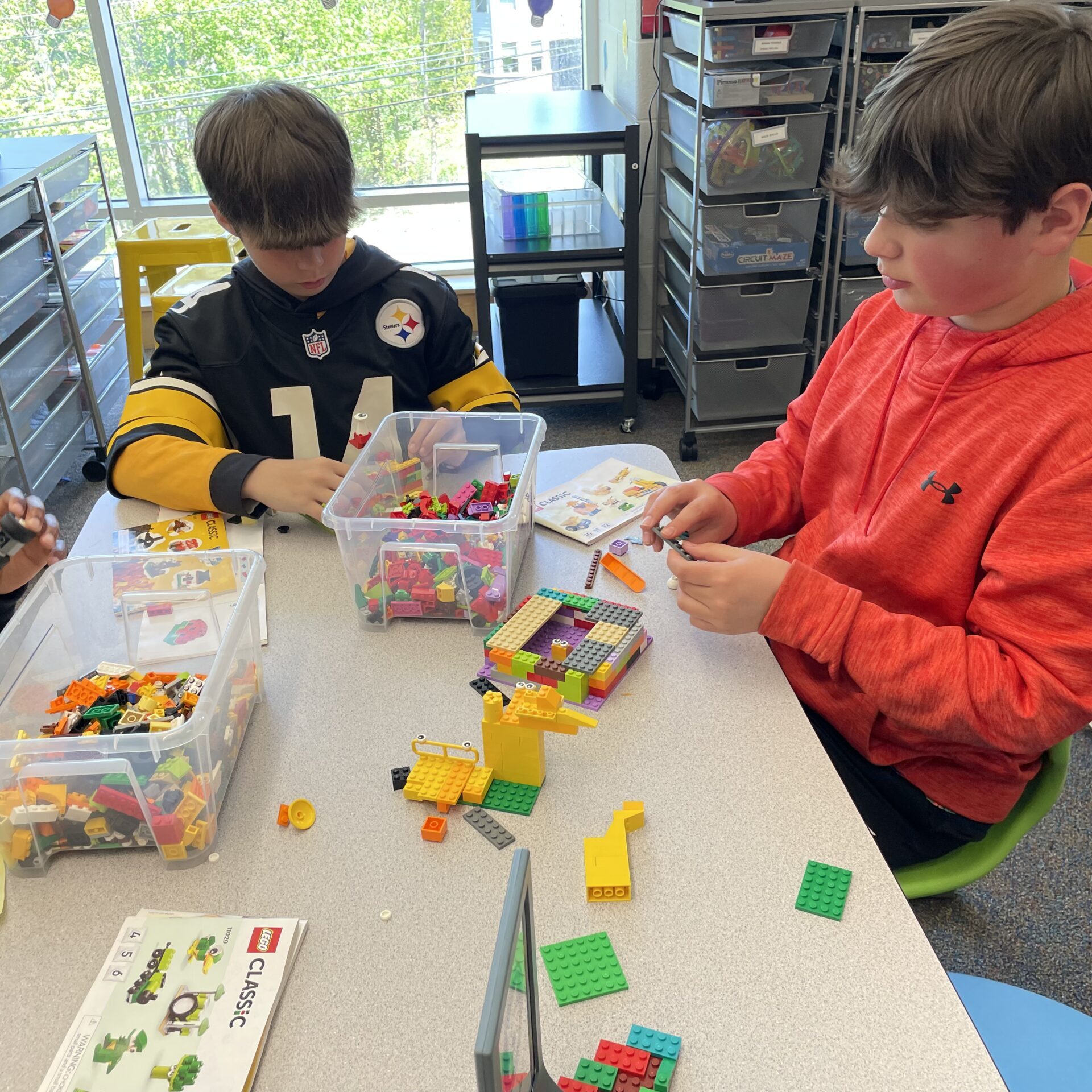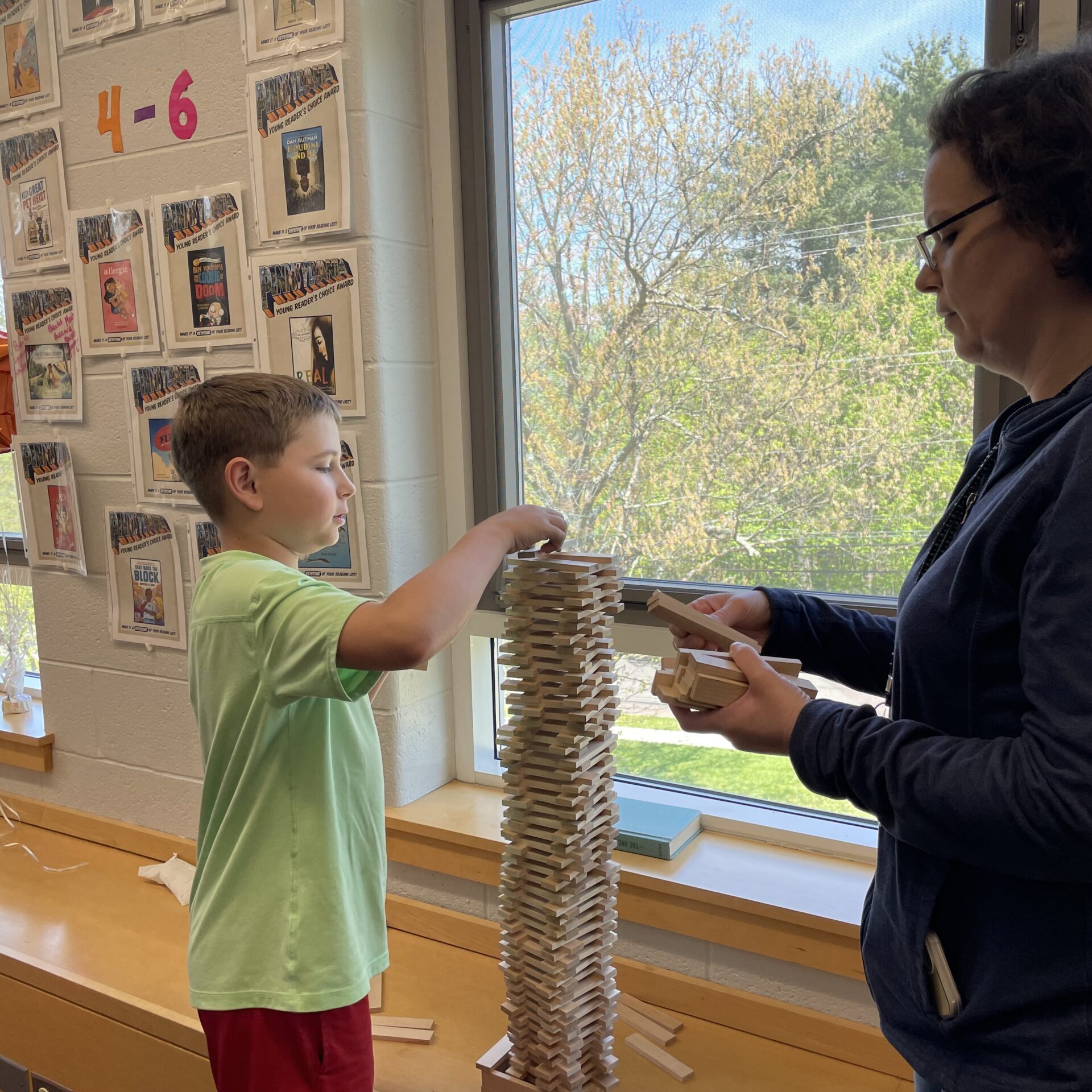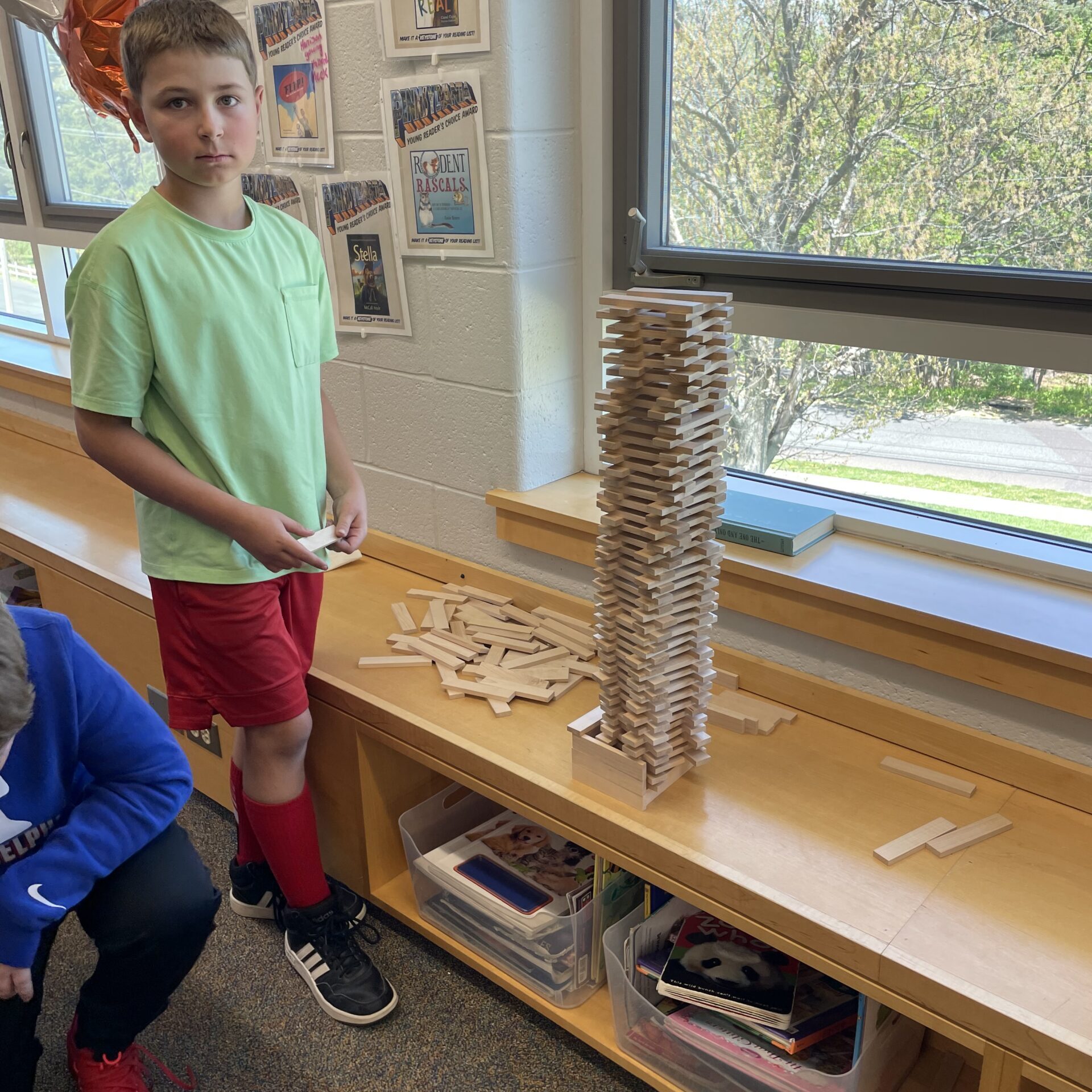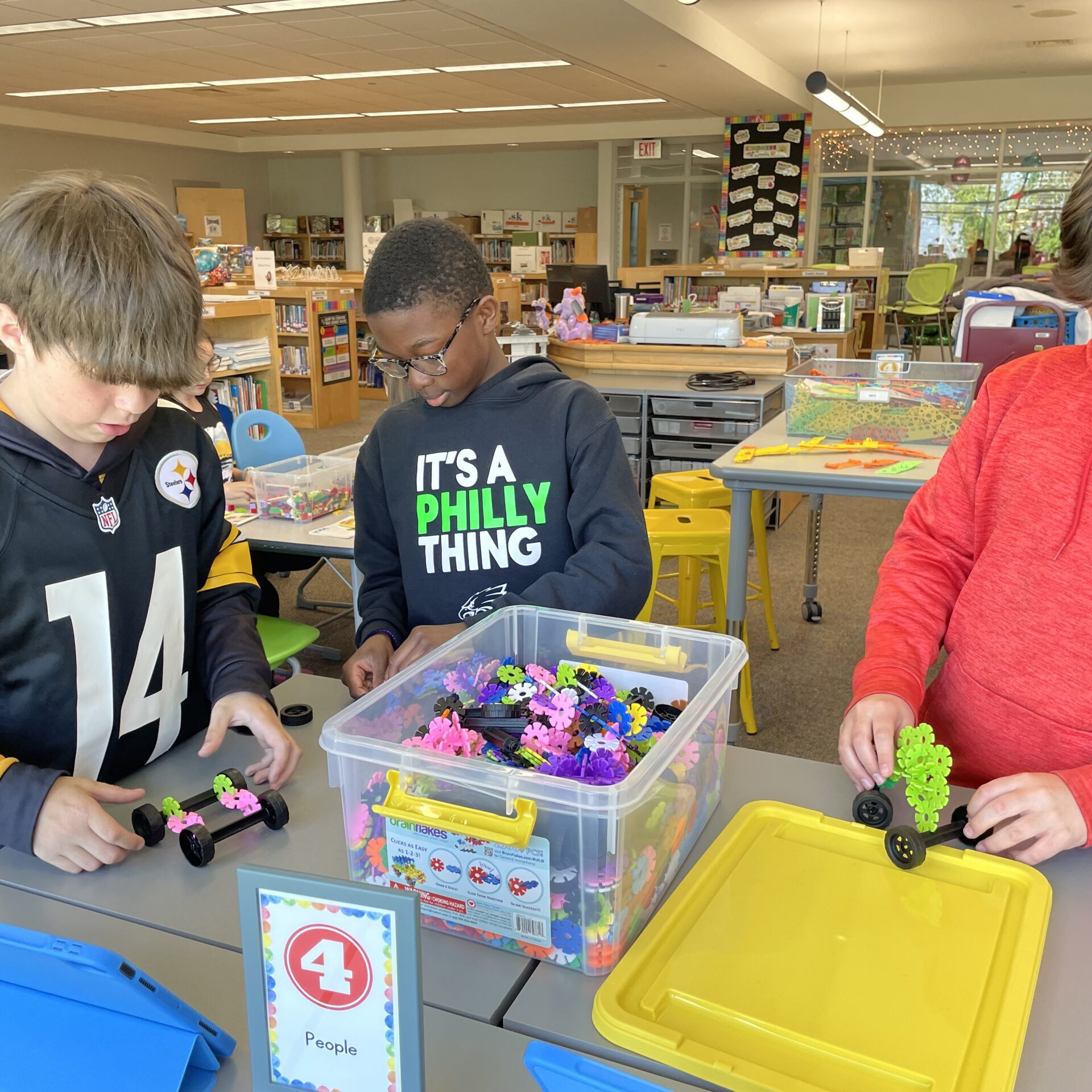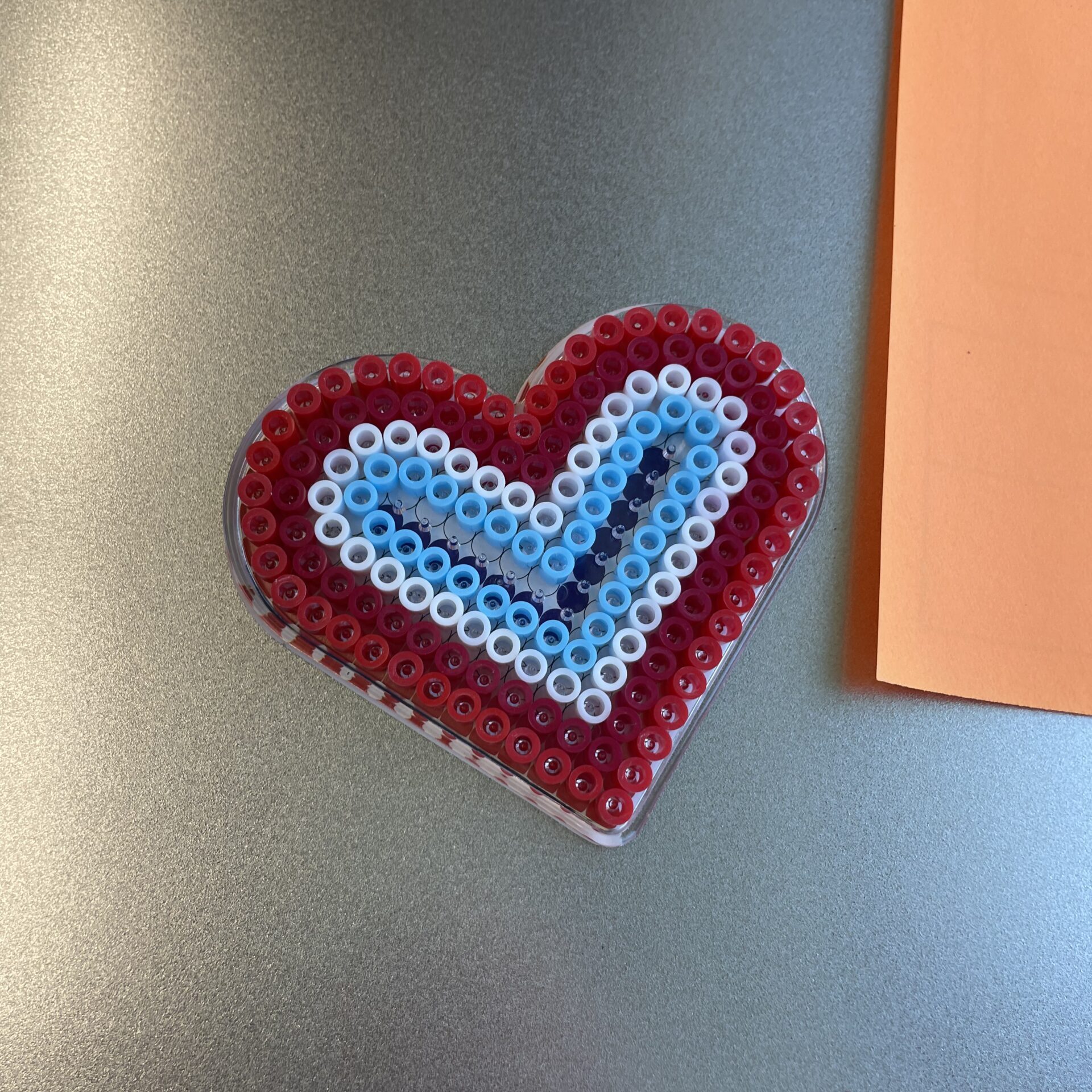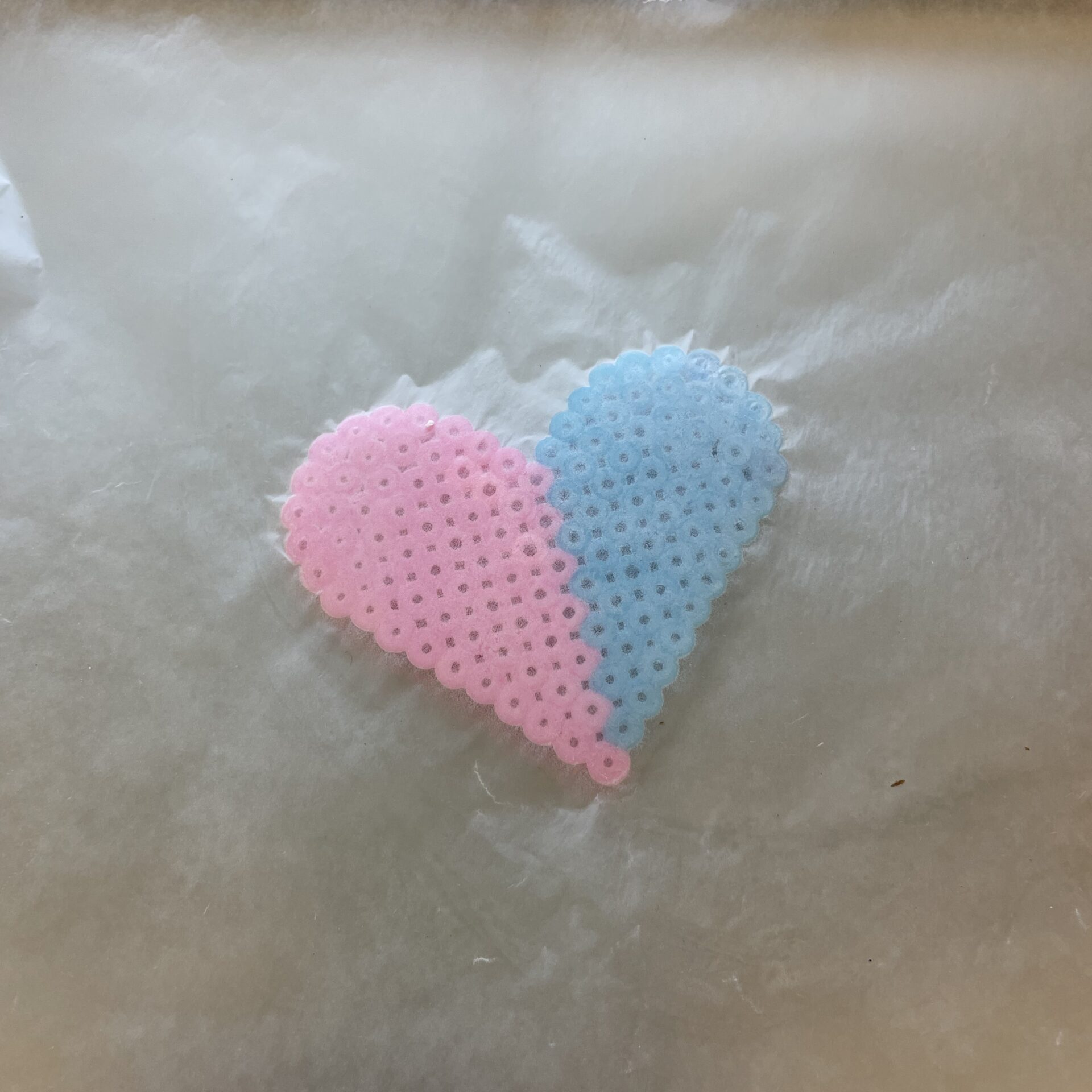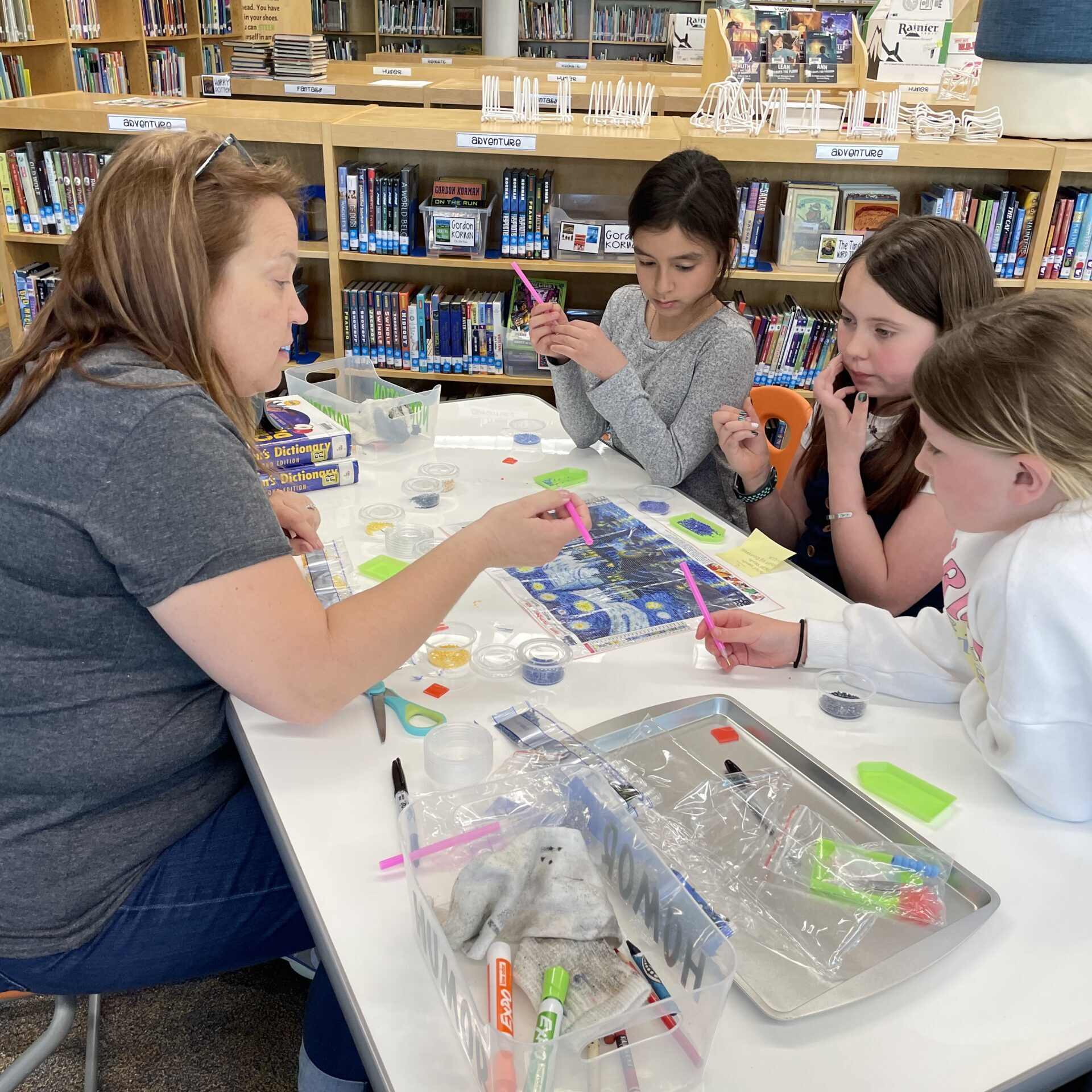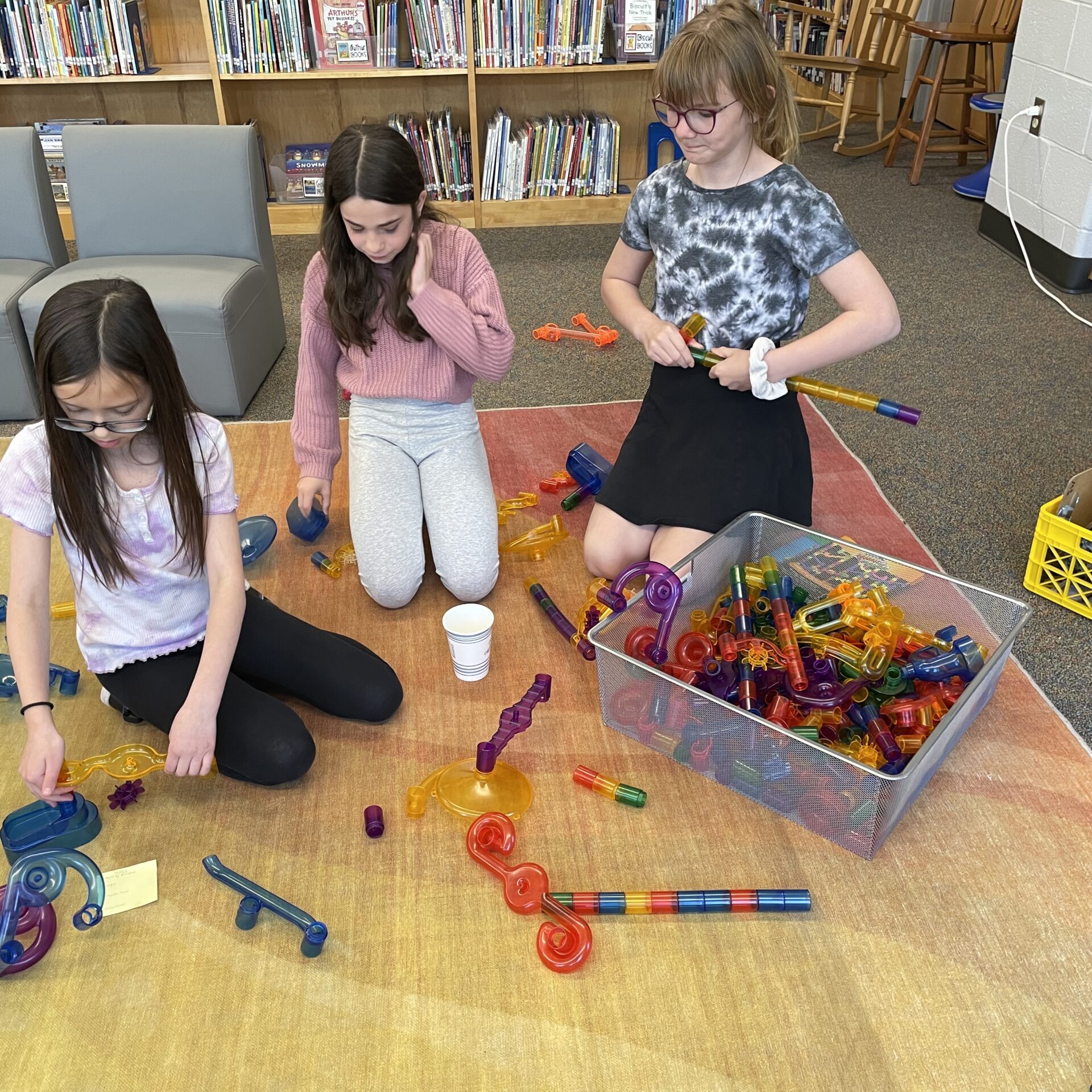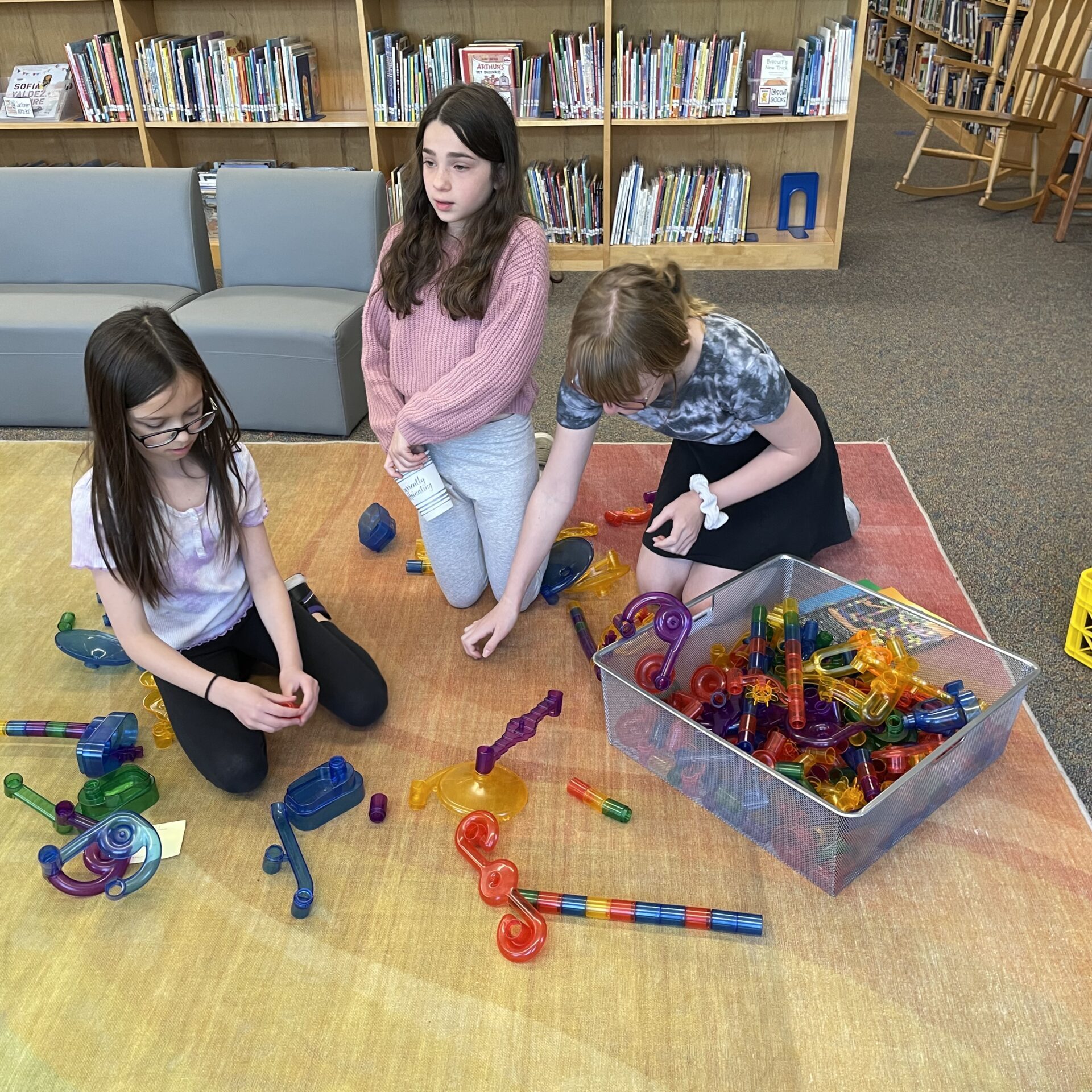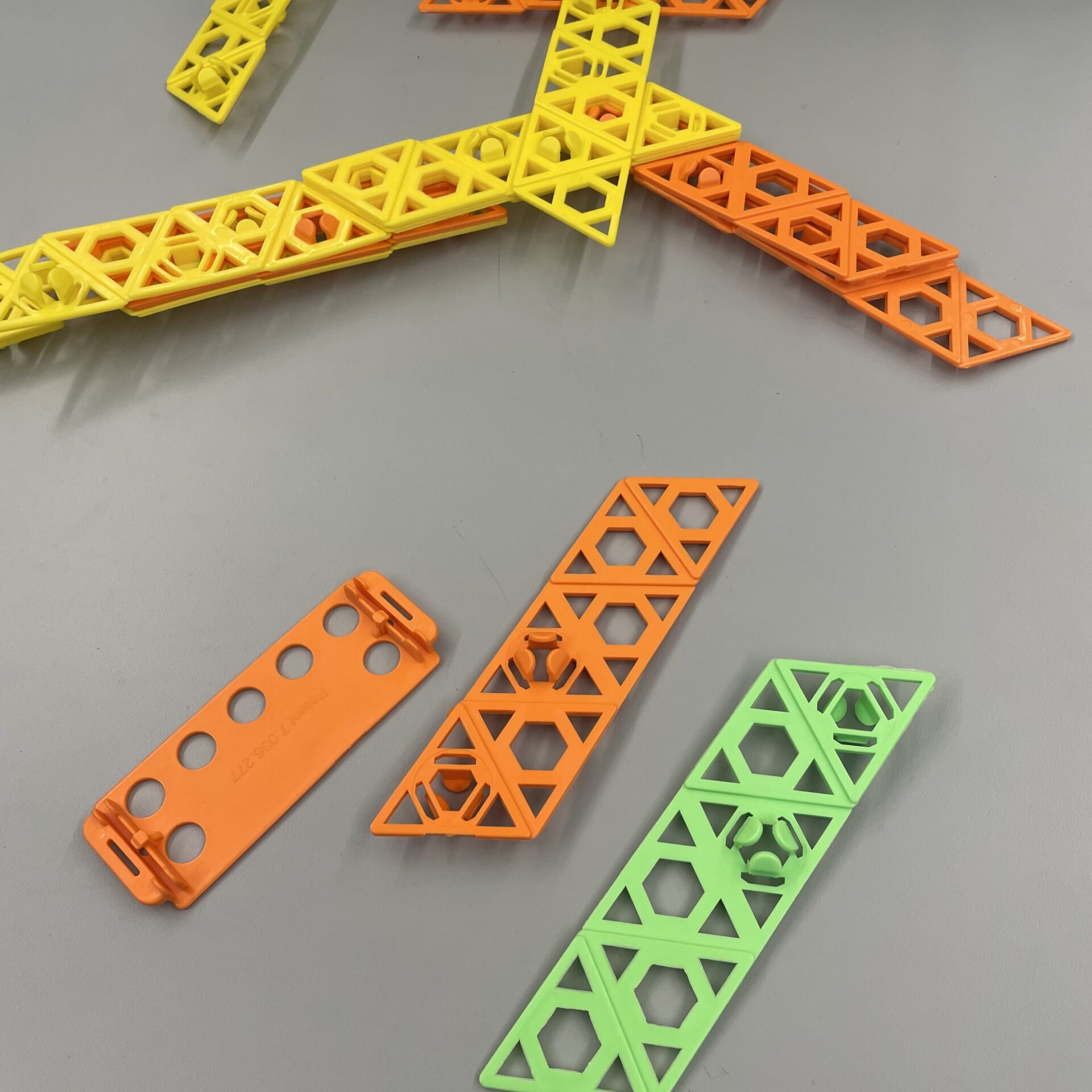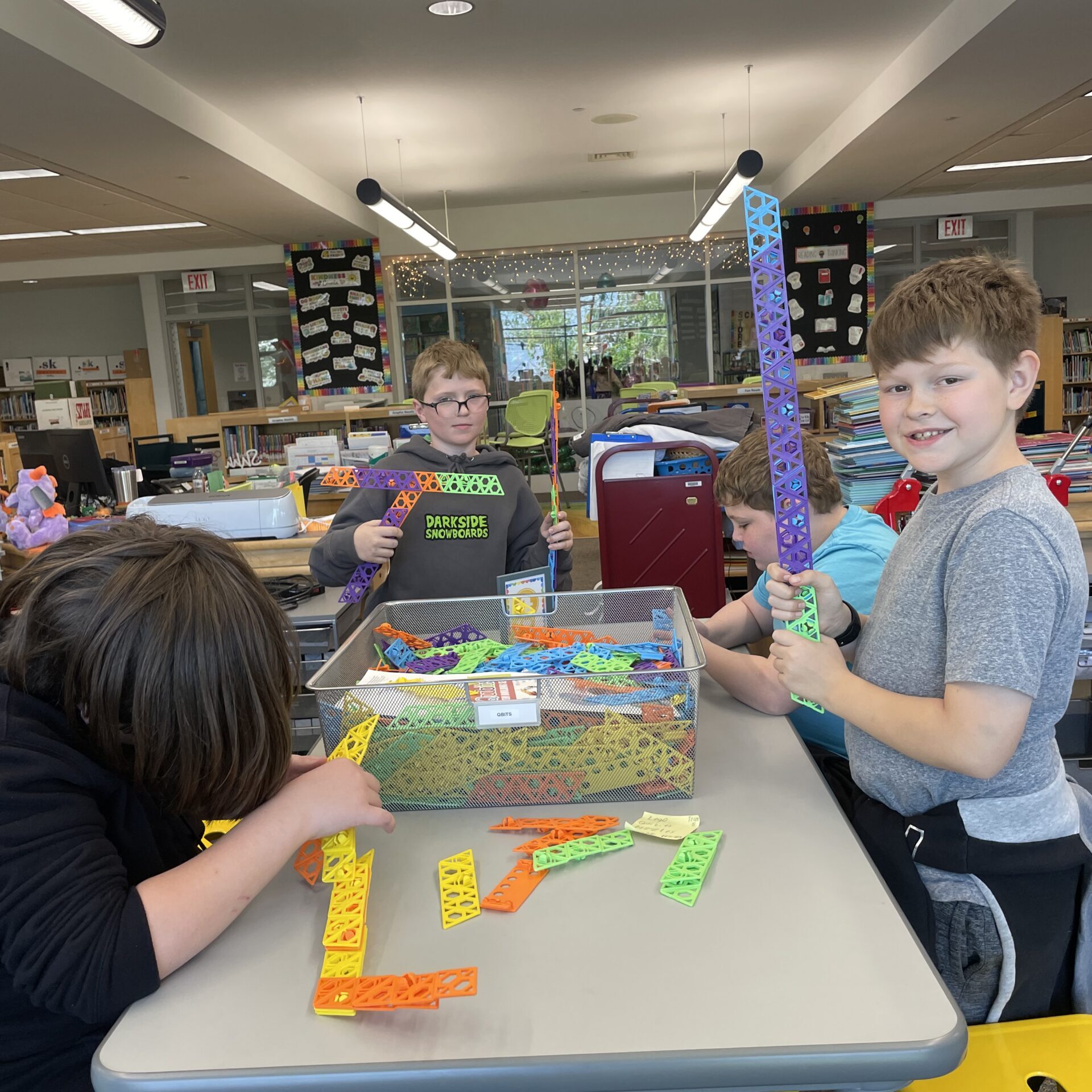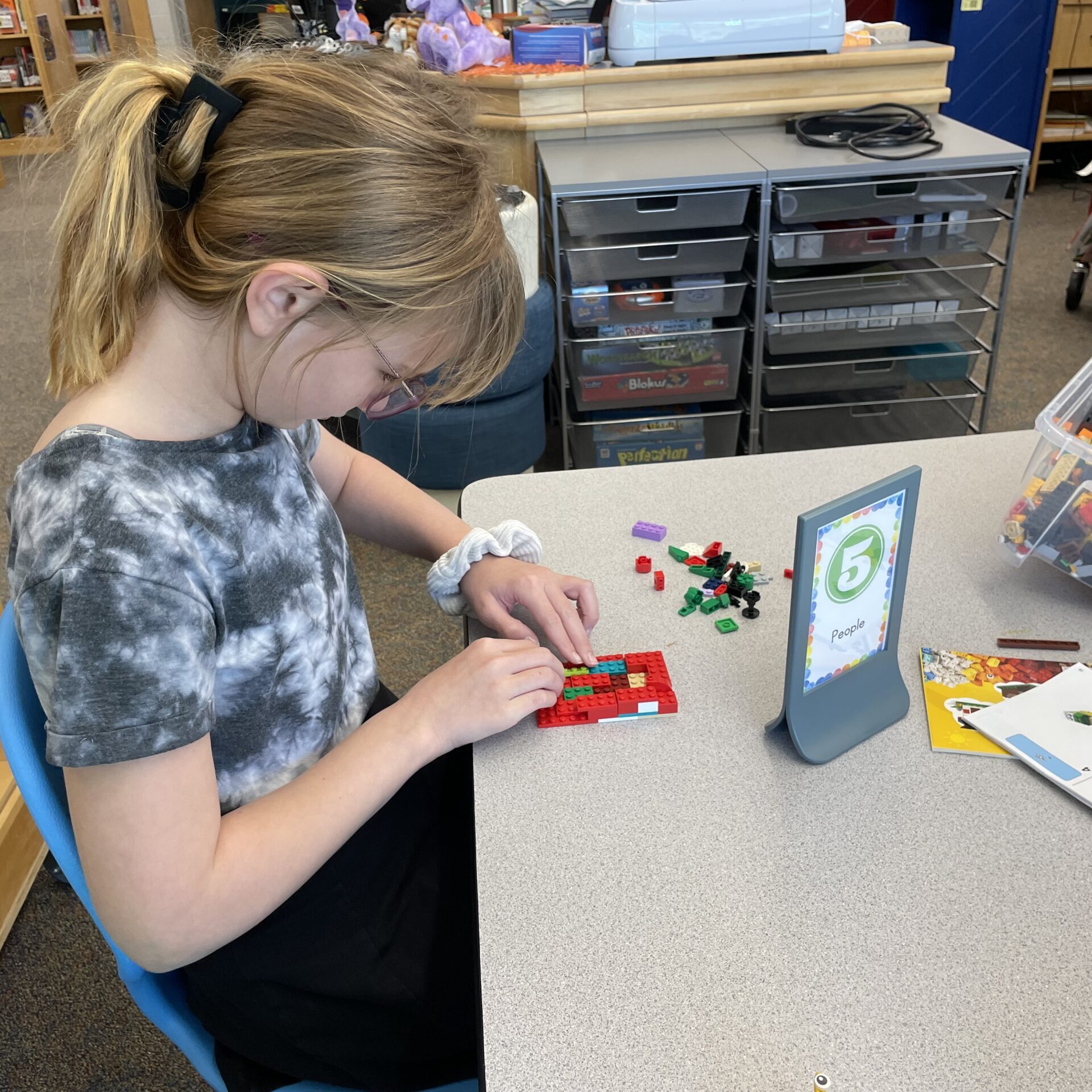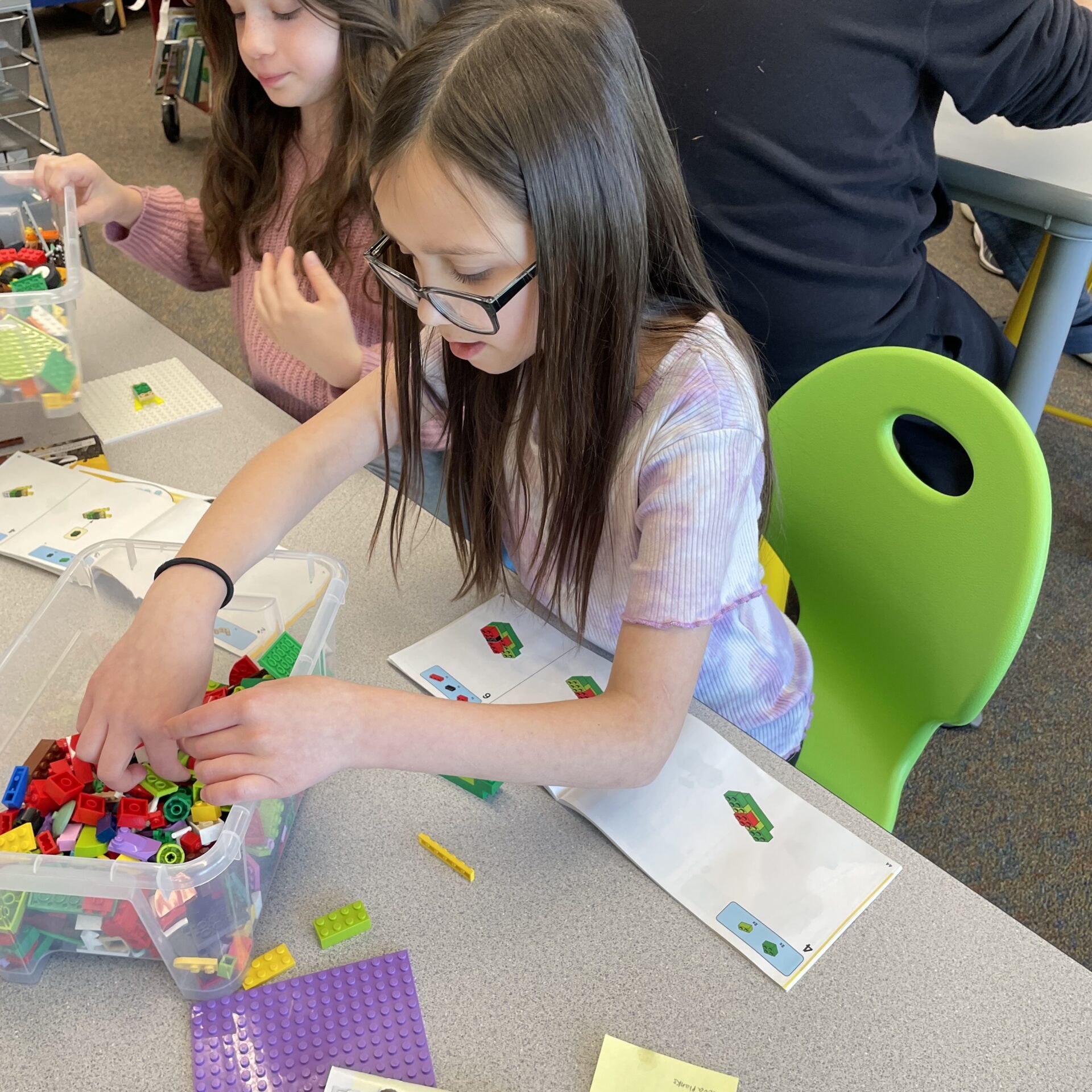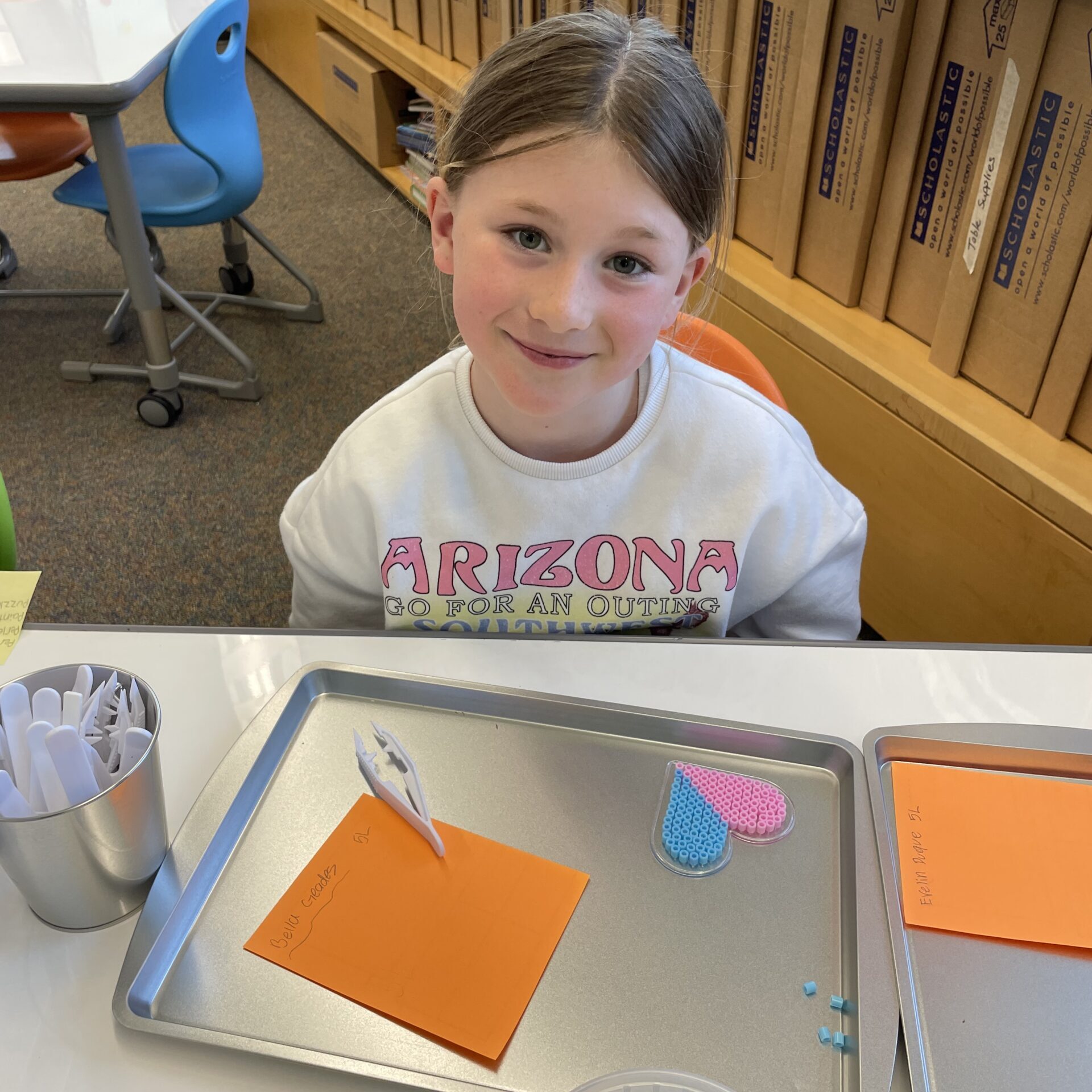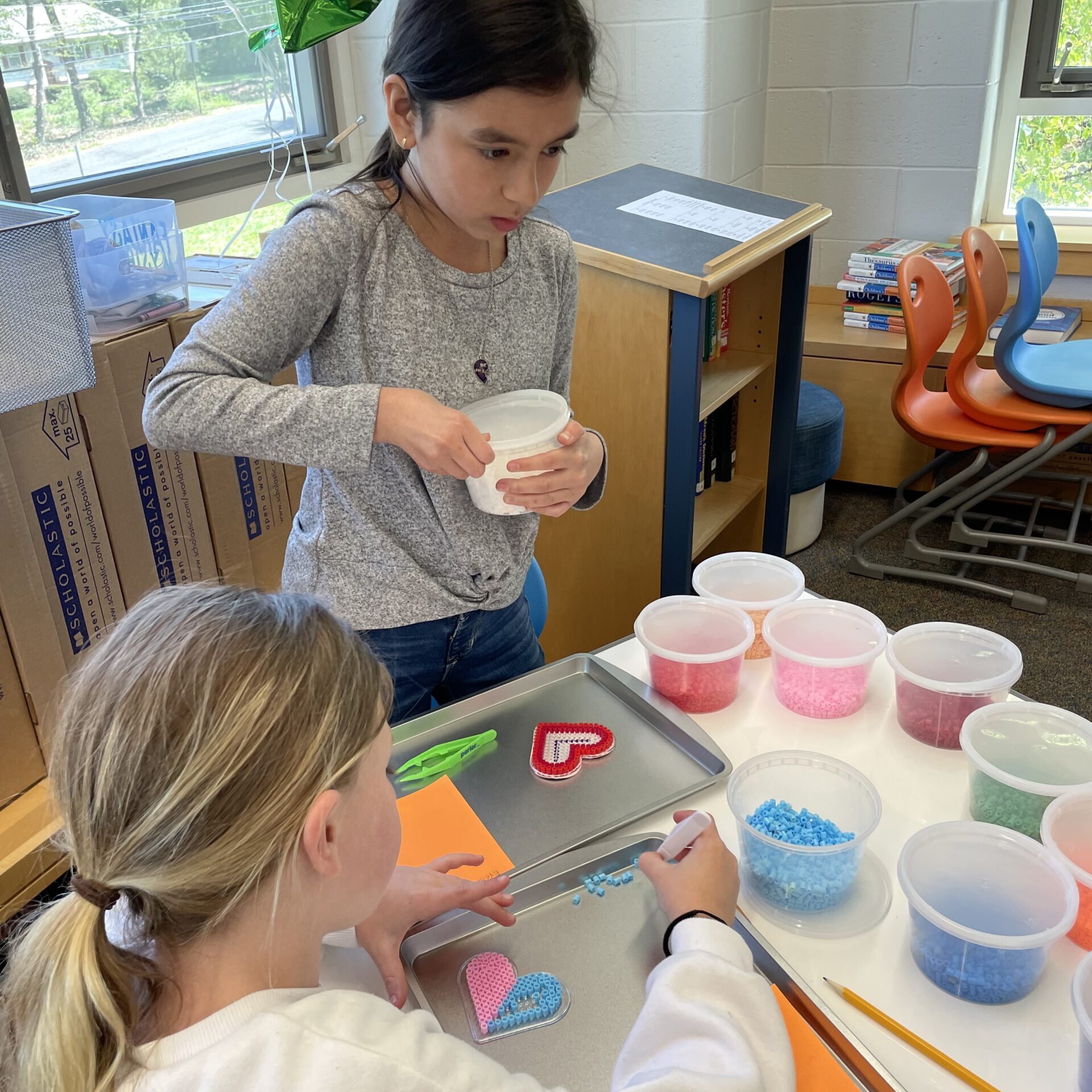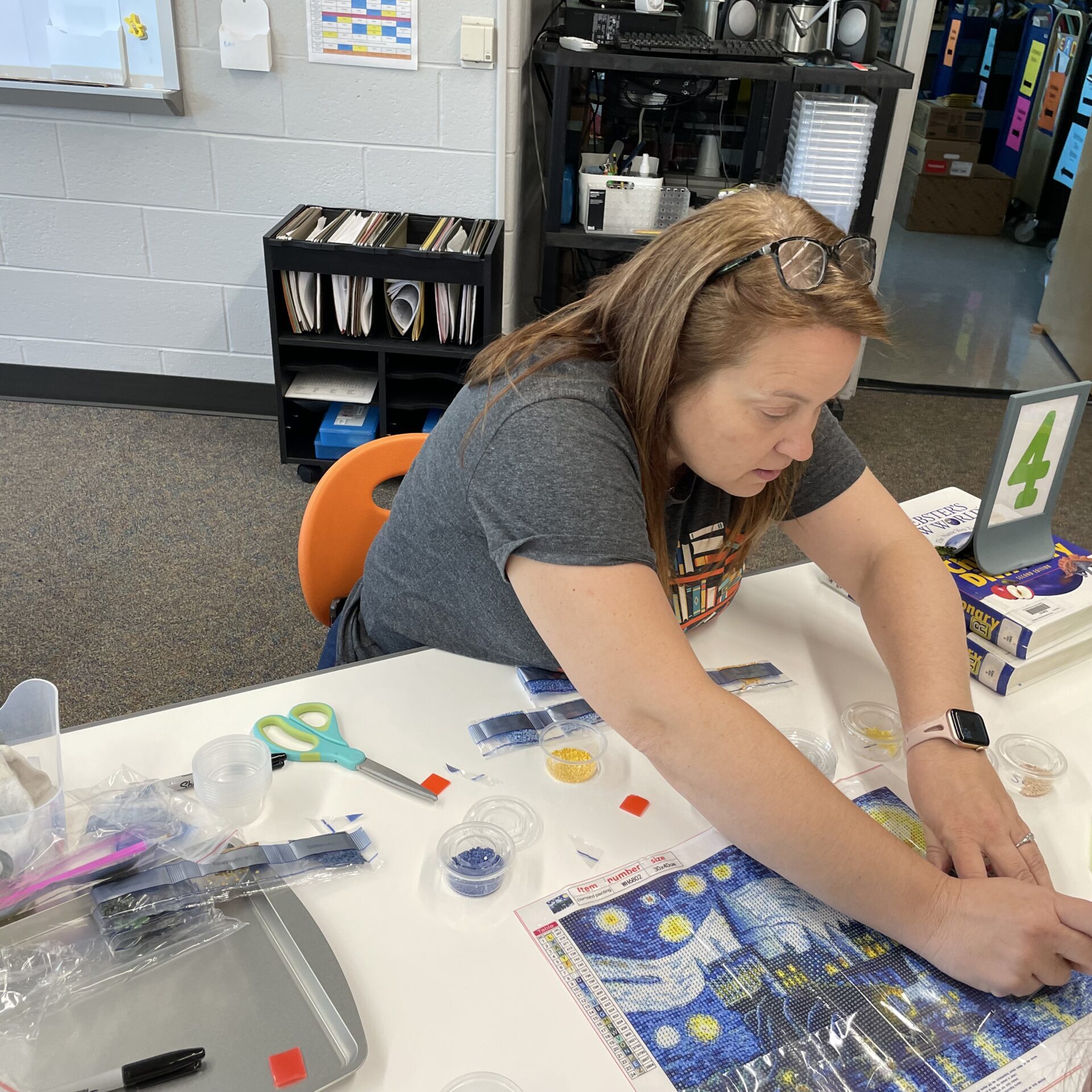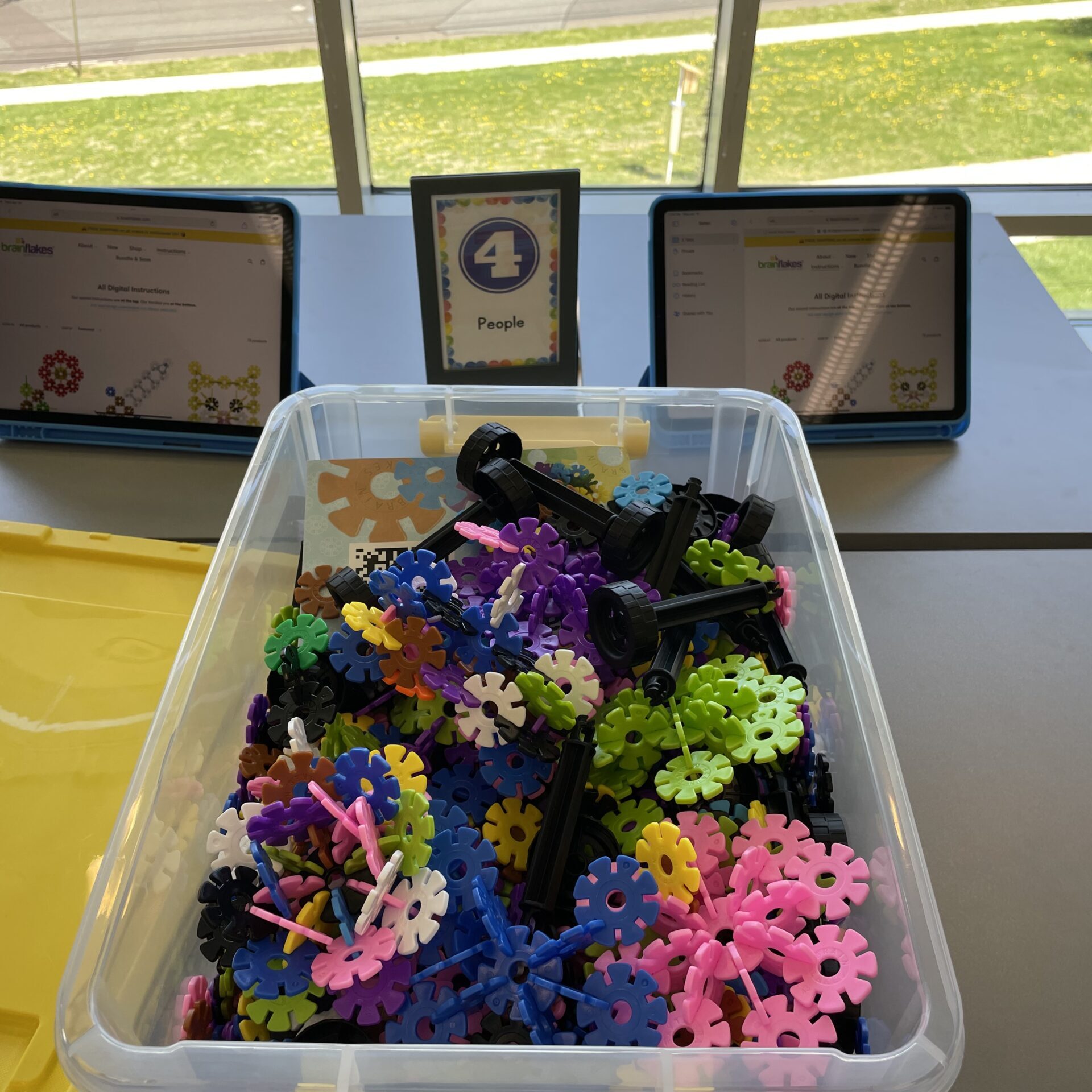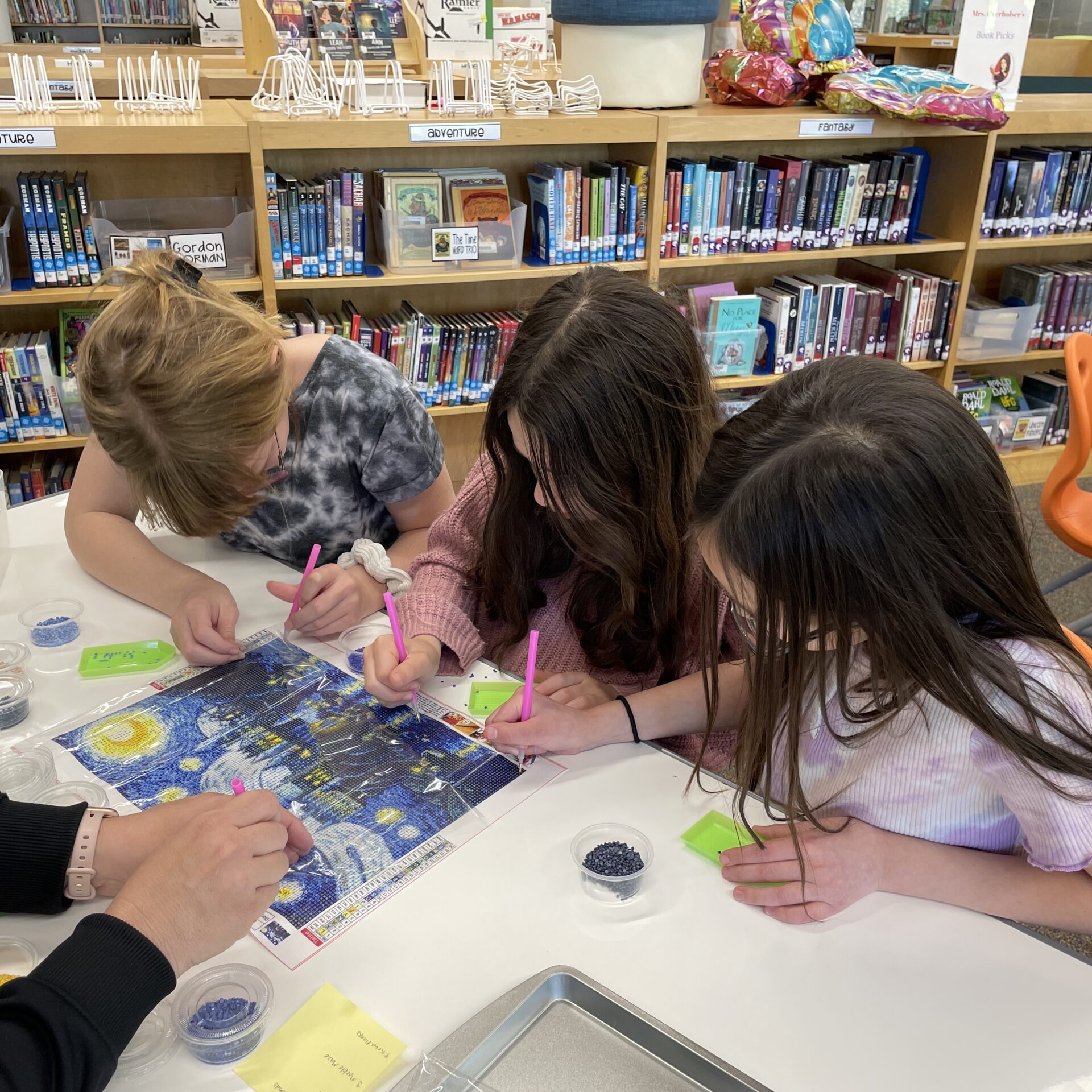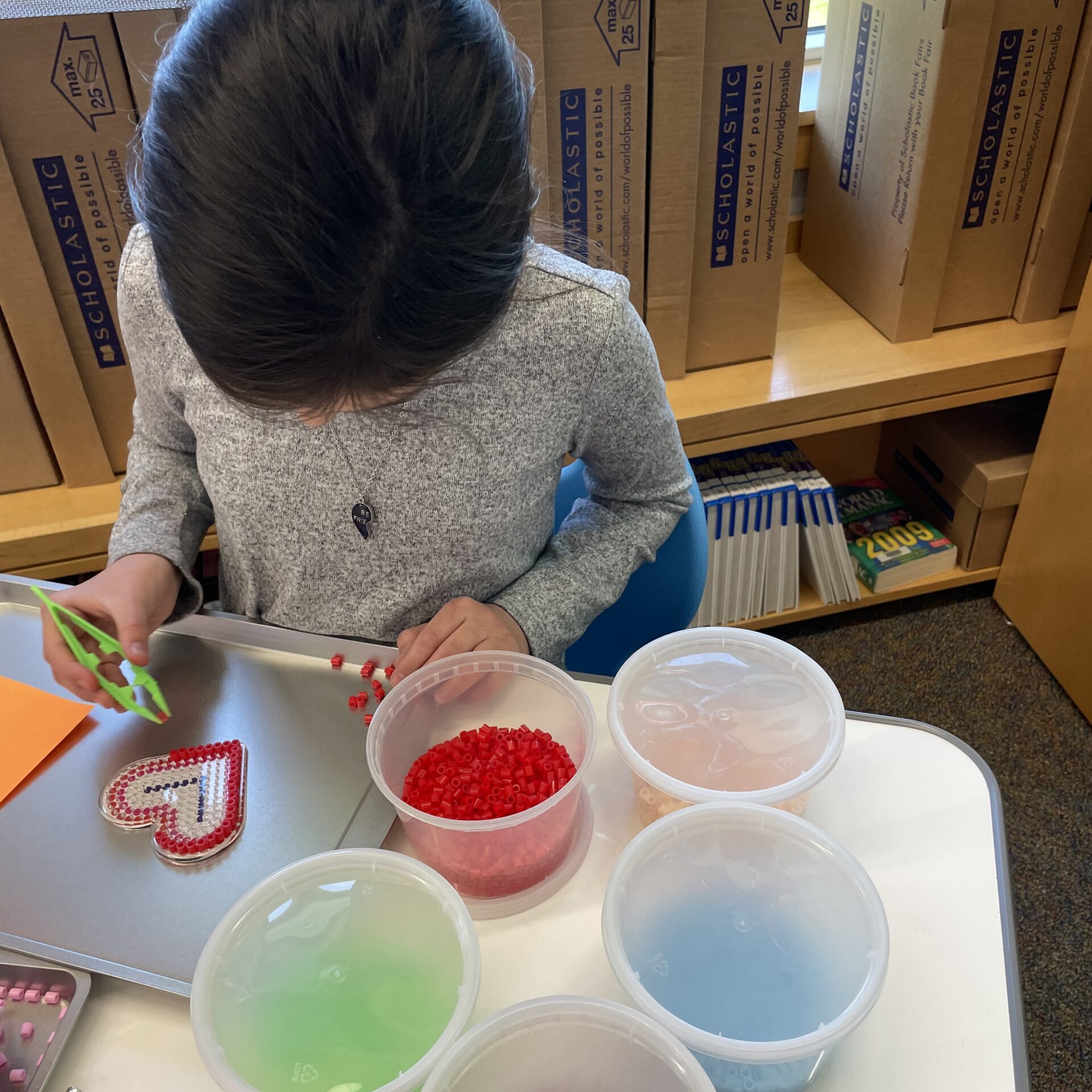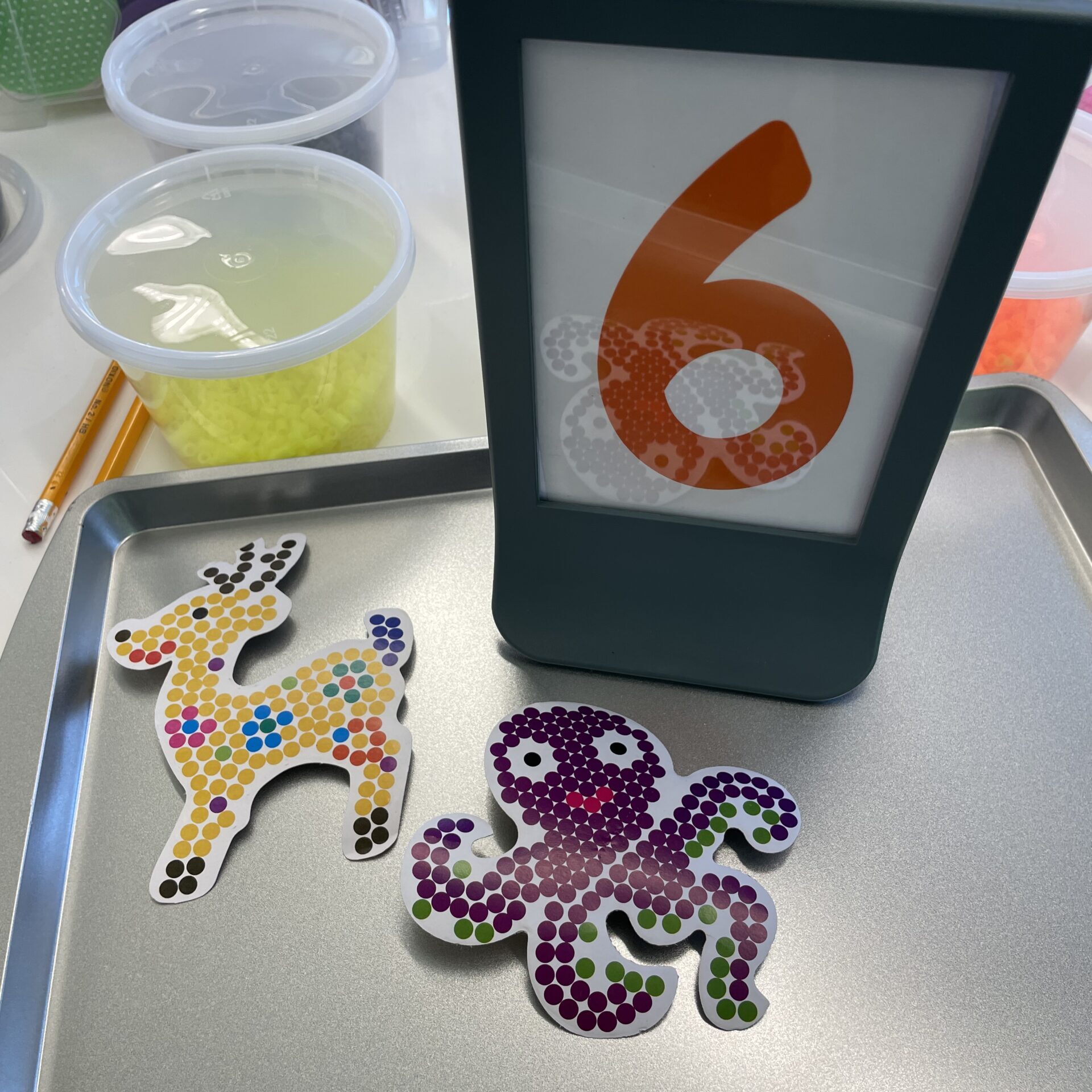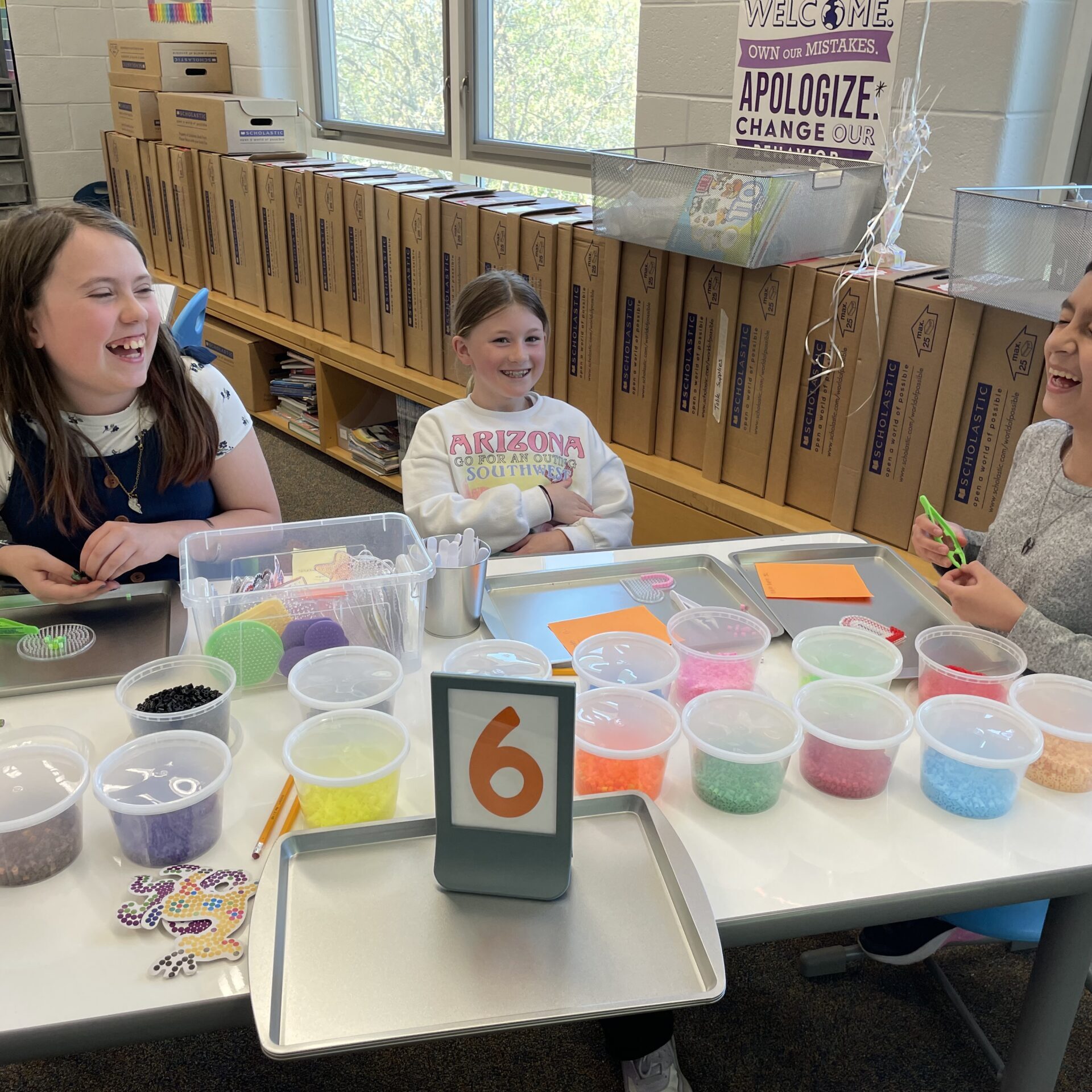Tinker Tank
The district has been working to reimagine the library spaces across the district. Melissa Overholser, Librarian at Schwenksville Elementary, envisioned this through a Tinker Tank, commonly known as a maker space. Her goal is for the library space to be seen as a safe place for students to explore and be creative without feeling right or wrong. The items chosen for our Tinker Tank will allow students to explore, design, and create.
The Tinker Tank will be a student-centered environment that encourages brainstorming, discussion, and creativity for individual students and groups, both large and small. This allows students to experience opportunities beyond those in the typical classroom setting.
Students can use the space during library time, responsive library weeks, after school, or as a reward. Staff members can interact with students in a space different from the classroom. They can watch and interact with students as they develop their ideas, methods, or products in a nontraditional environment. The students can create and explore activities and resources based on their interests.
The Tinker Tank will focus on the following:
Technology
Technology allows students to be creative and develop skills that can be used as they continue their education and take with them into the future. Traditionally the library is a place where students find books, read them, and move on. Having the opportunity to use the portable green screen and iPad allows students to create Book Talks or create previews of books for other students. An iPad can also be used for students to draw, color, and create a podcast for students to produce for their peers.
Design/Building
Design and building materials allow students to dream big, take chances and think outside of the box in a way that isn’t right or wrong. The Cricut Machine will provide students and staff to create projects and design items for use by different groups in the building. A teacher might do an activity connected to a book that extends their learning from the book. An example might be the book How to Catch a Snowman. Students could work together to create and design their own snowman trap using super domino blocks, 3Dux, or Brain Flakes.
Crafts
Many of the students at Schwenksville don’t have the access to crafts. The 3D Doodler Pen and the supplies allow students to create in 3D. Students can design animals, buildings, bridges, or jewelry. A teacher might use it to help students make the transition from 2D to 3D or to learn geometric shapes in math class. The crafts listed on our itemized Think Tank list provide students with opportunities to work as groups and individually. Craft activities might help them find a hobby they will grow to love and continue doing well into the future.
Experiences in the Tinker Tank won’t just impact students now but will help to develop skills that will be used for life. Skills that help them learn how to think for themselves, listen to others, and how to voice their opinions.
Implementation
During the opening days of the 2022-2023 school year for staff, we will provide opportunities for them to become familiar with the Tinker Tank by creating activities for them to do with as groups. We will also provide a few opportunities for staff to use the Tinker Tank after school so they become more familiar with the space and gain a better understanding of how to use the space with their classes. Creating these opportunities for staff will also give opportunities for staff to make connections with each other. A calendar will be created for teachers to sign up for times to bring their students to the library and use the space during the library responsive weeks. At the start of the 2022-2023 school year, we will introduce our students to the Tinker Tank! During library class, I will start establishing how the Tinker Tank will be used. With students, we will make connections to Schwenkville’s Fab 5.
Once the connections are established I will begin to provide opportunities for students to use the materials. To understand student experiences a short exit survey could be created using Google Forms for students to respond to as they are leaving the Tinker Tank. For younger students, they can use a whiteboard for them to write or draw their thoughts about the Tinker Tank. An end-of-the-year survey will be created to see what opportunities students would like to see added or removed in the future. The same survey can be given to staff as well.
Support projects like Tinker Tank
Teachers don’t always have access to materials, technology, and other resources that can make the difference between a lesson forgotten the next day and one that lasts beyond graduation. That’s where you come in. Your contribution to the PVSD Foundation helps ensure that the Foundation can continue to support teachers in delivering enriching educational opportunities for all students when tax dollars and traditional revenue streams fall short.
